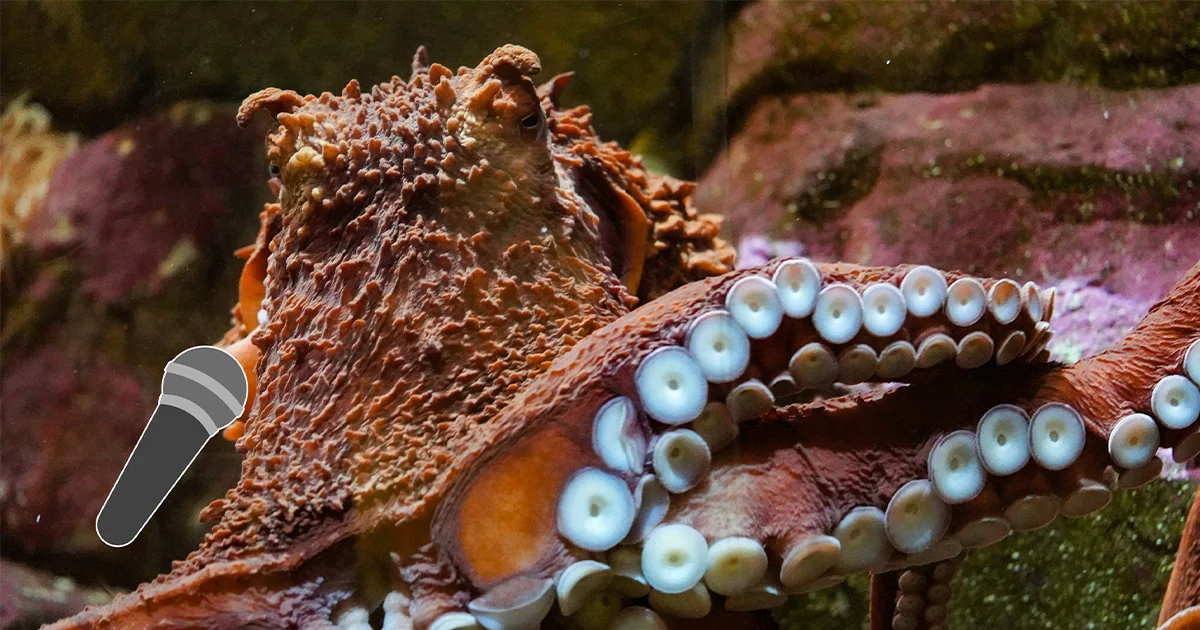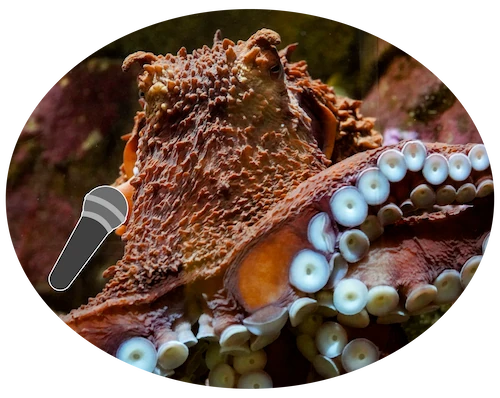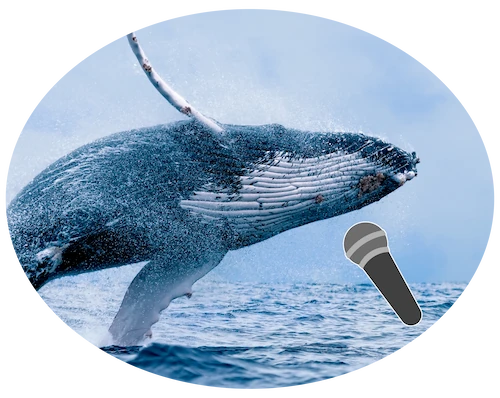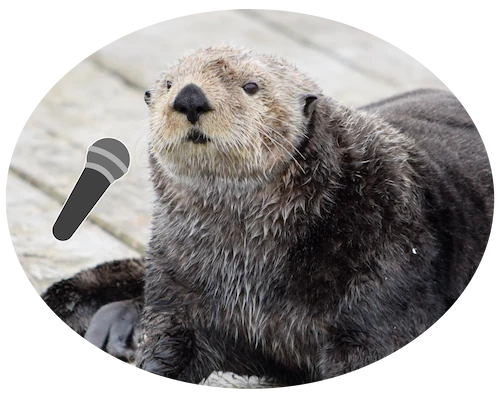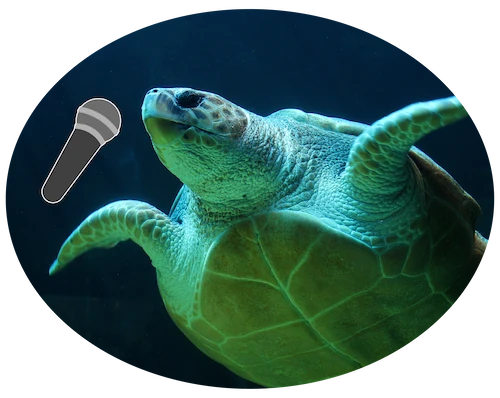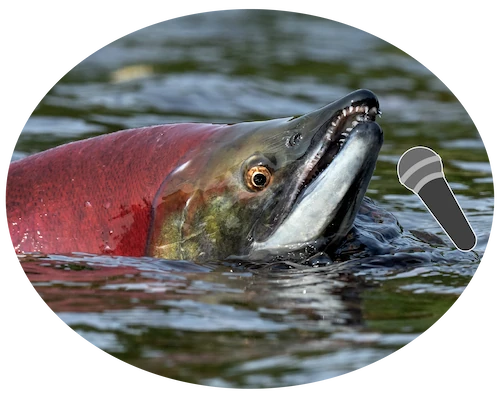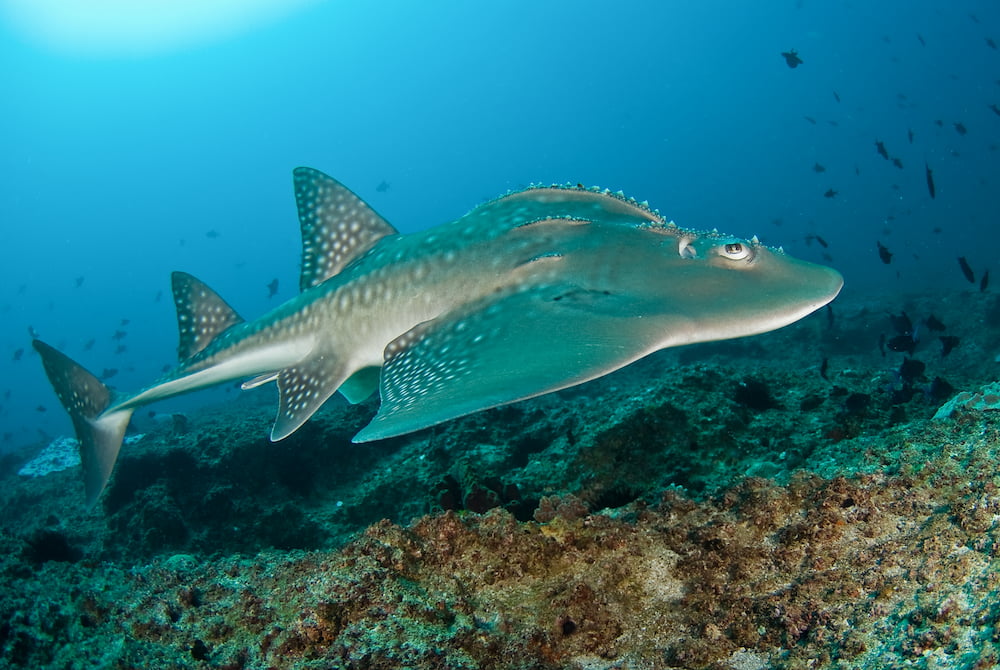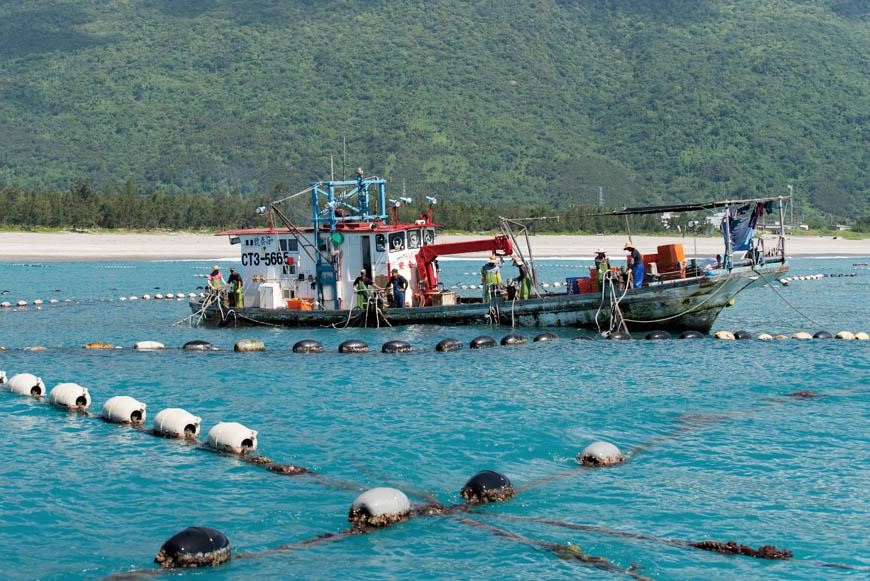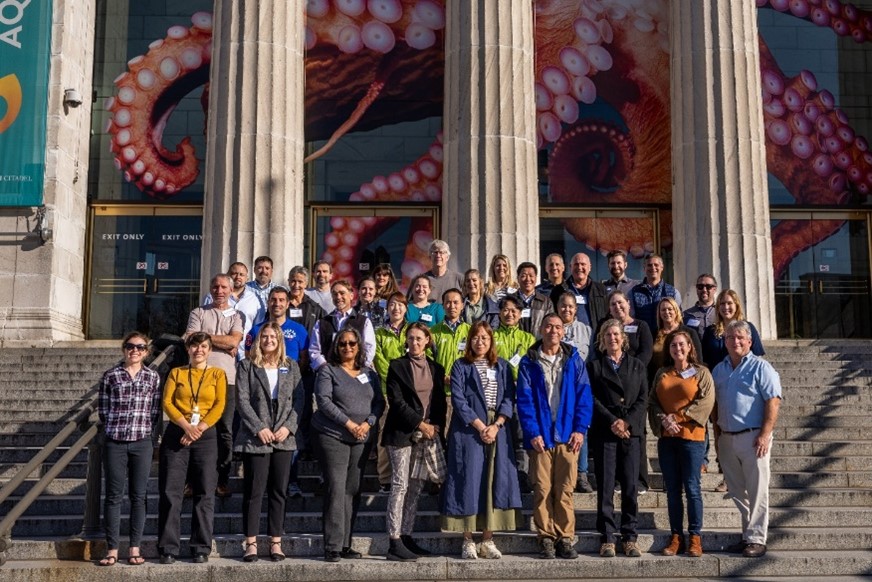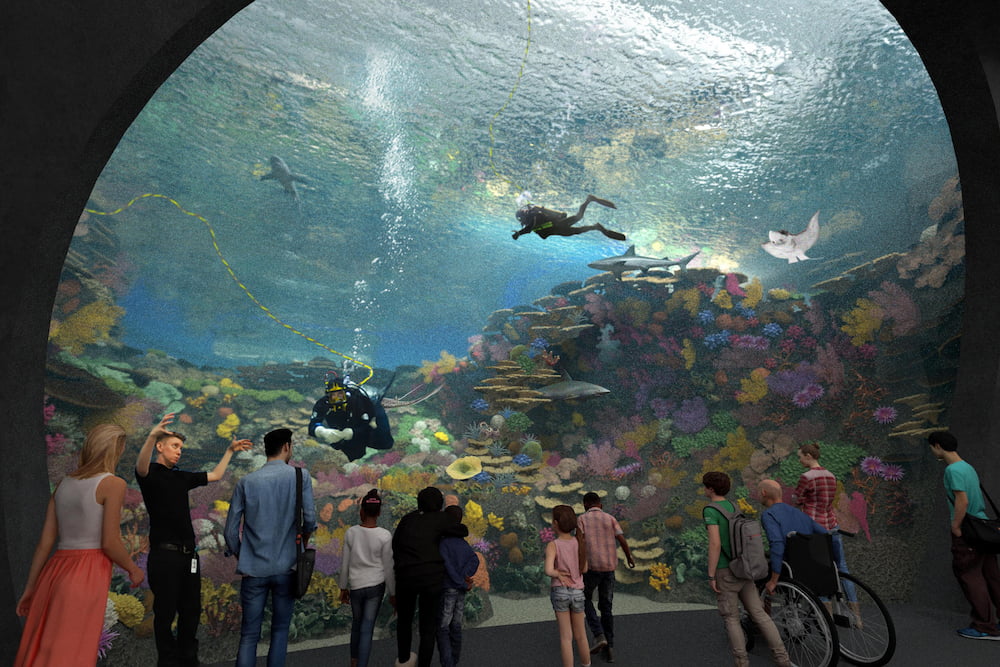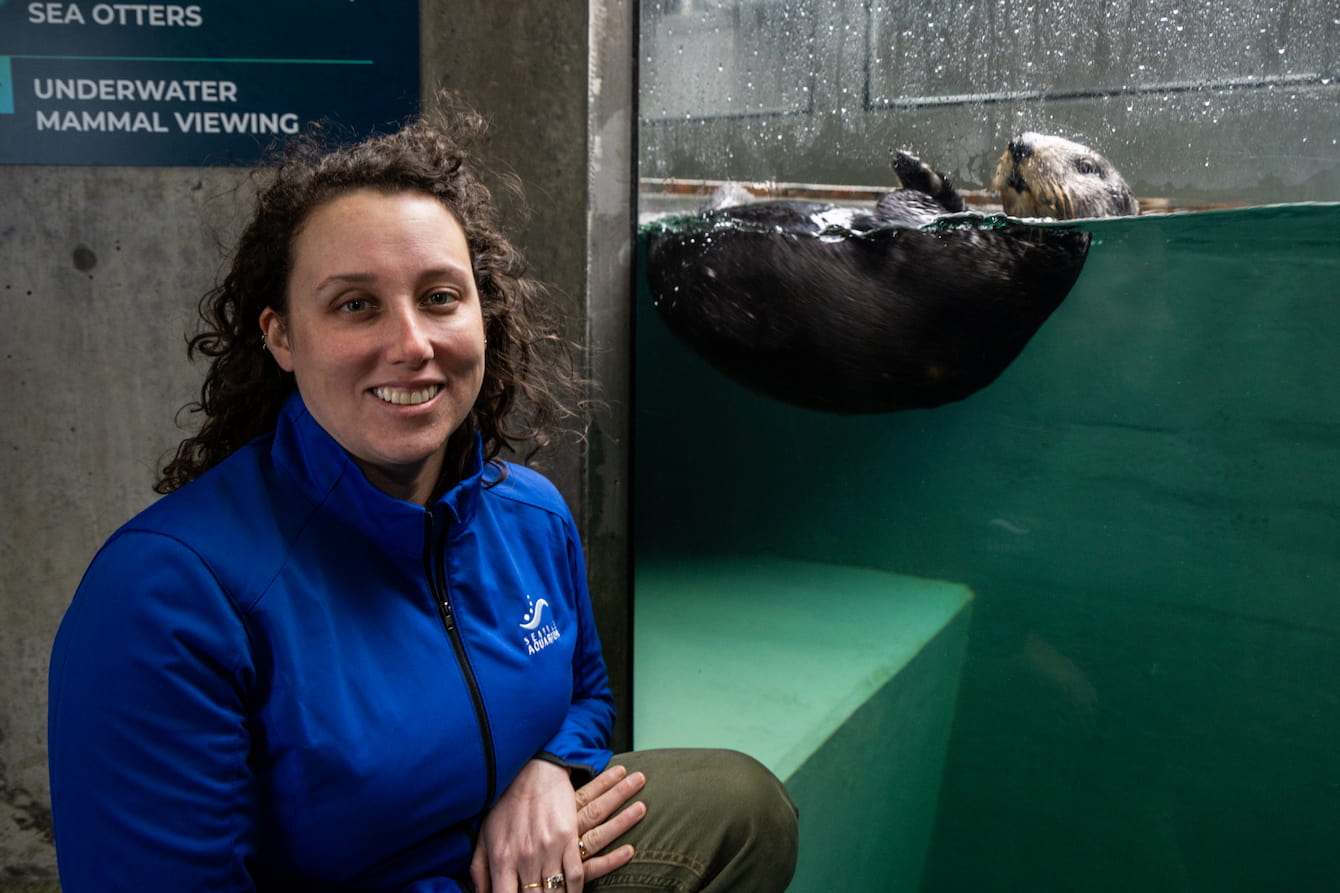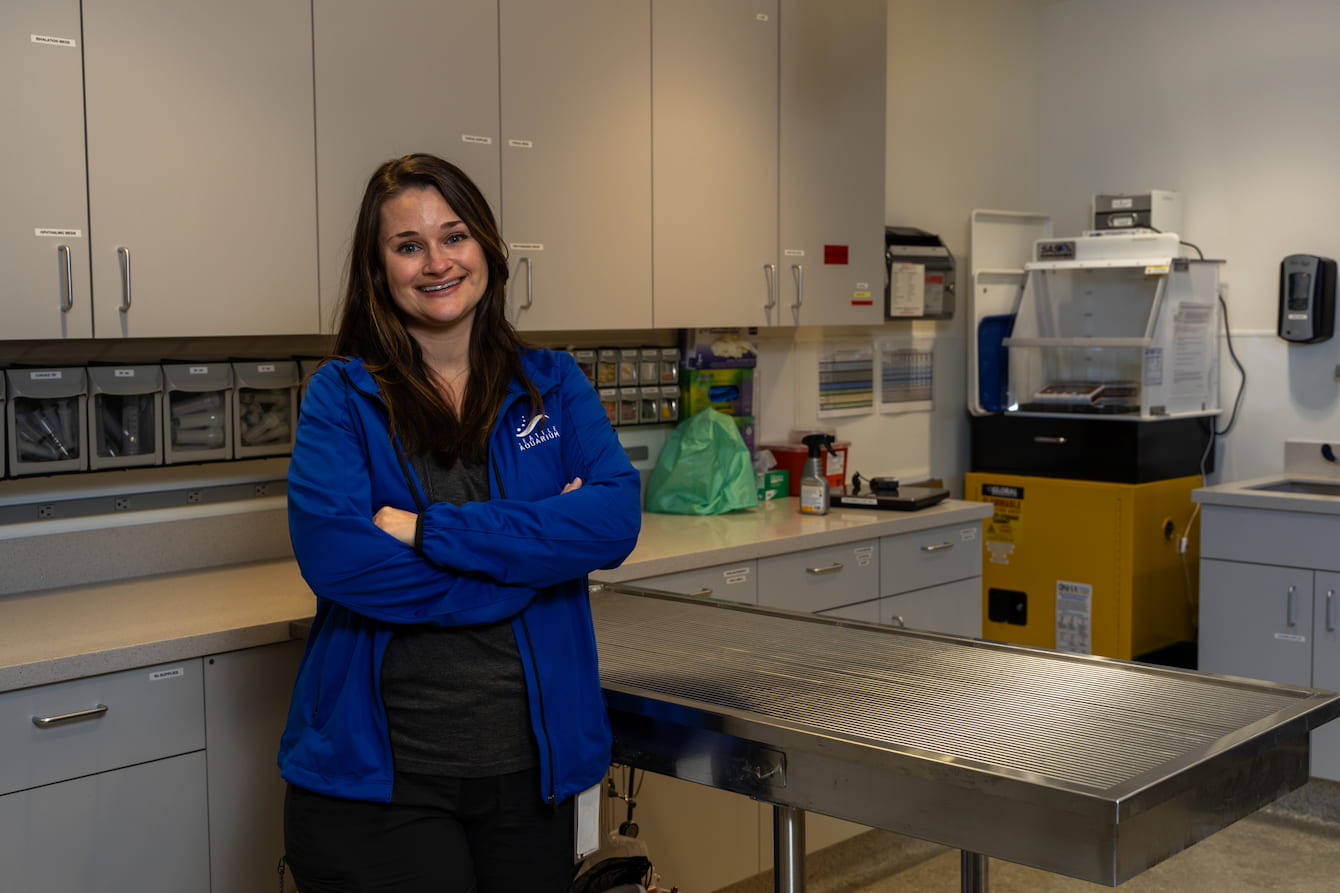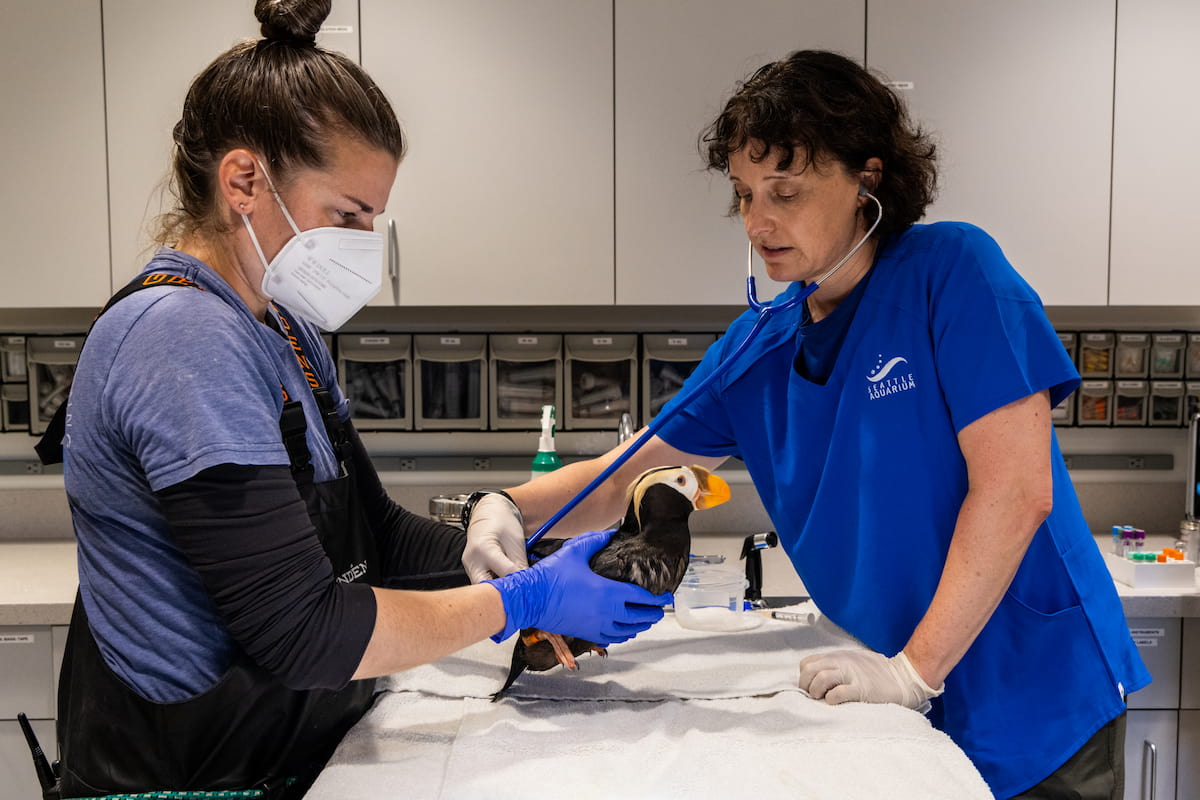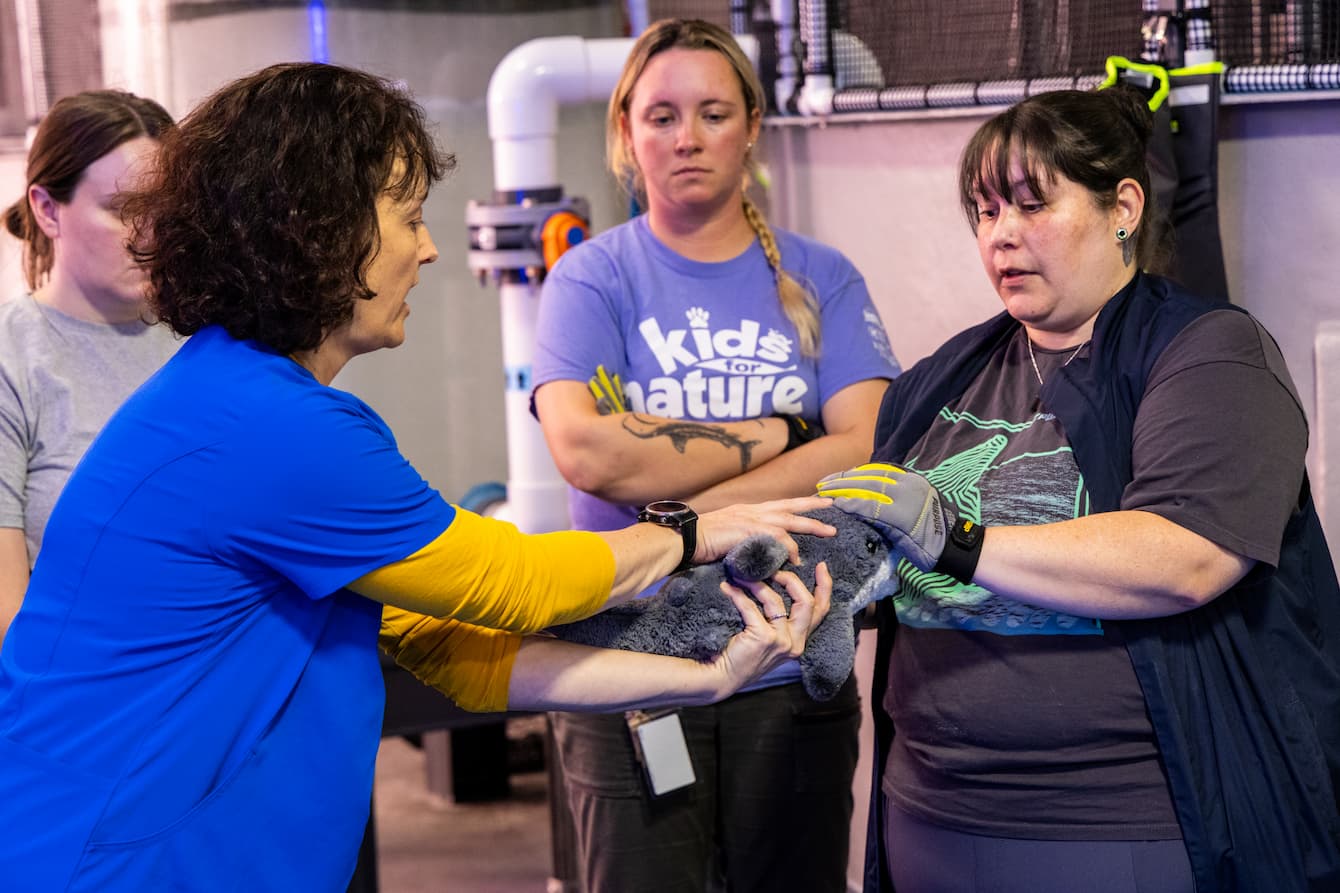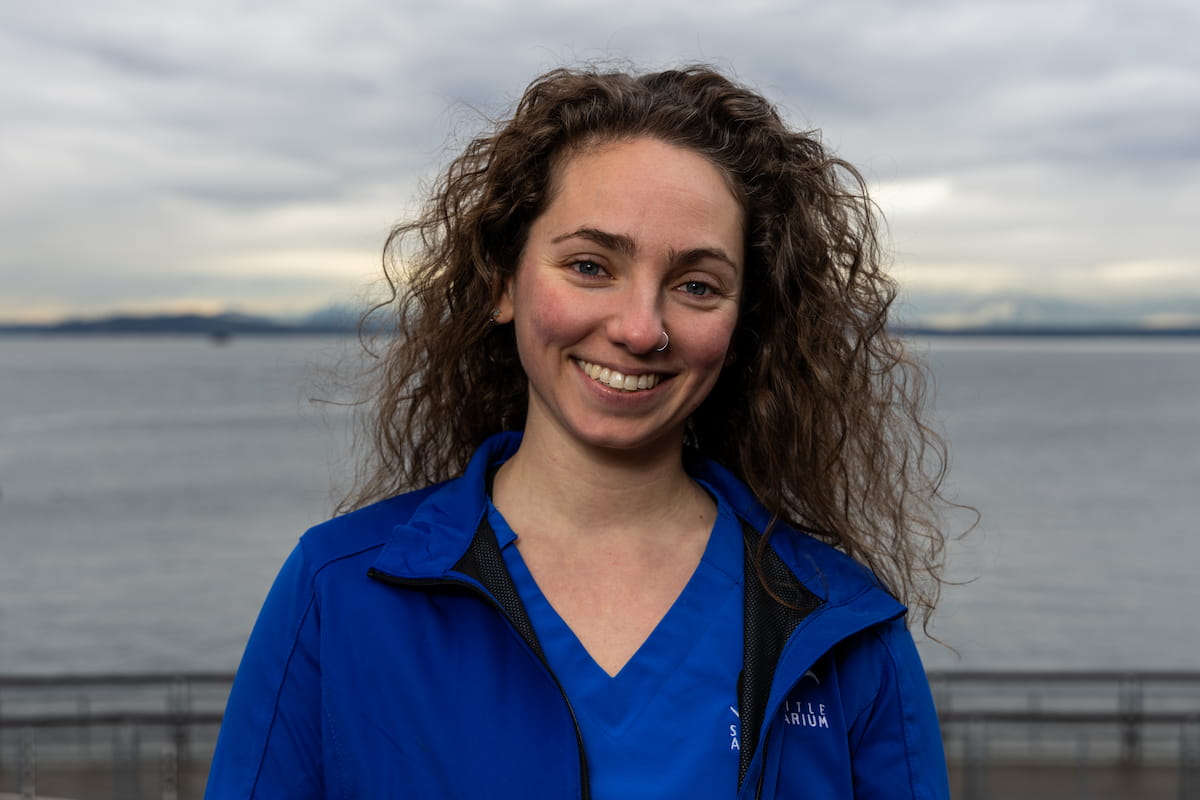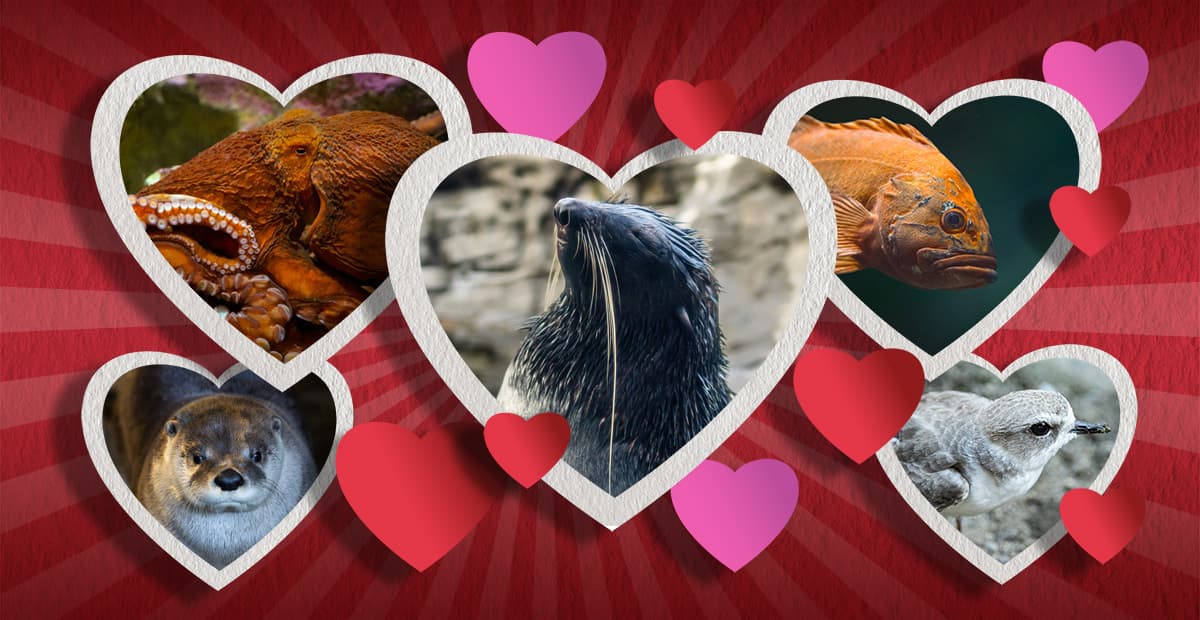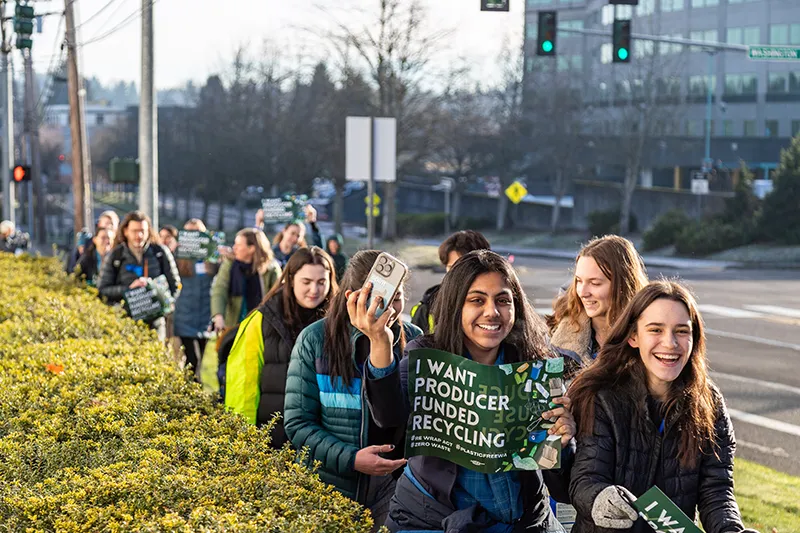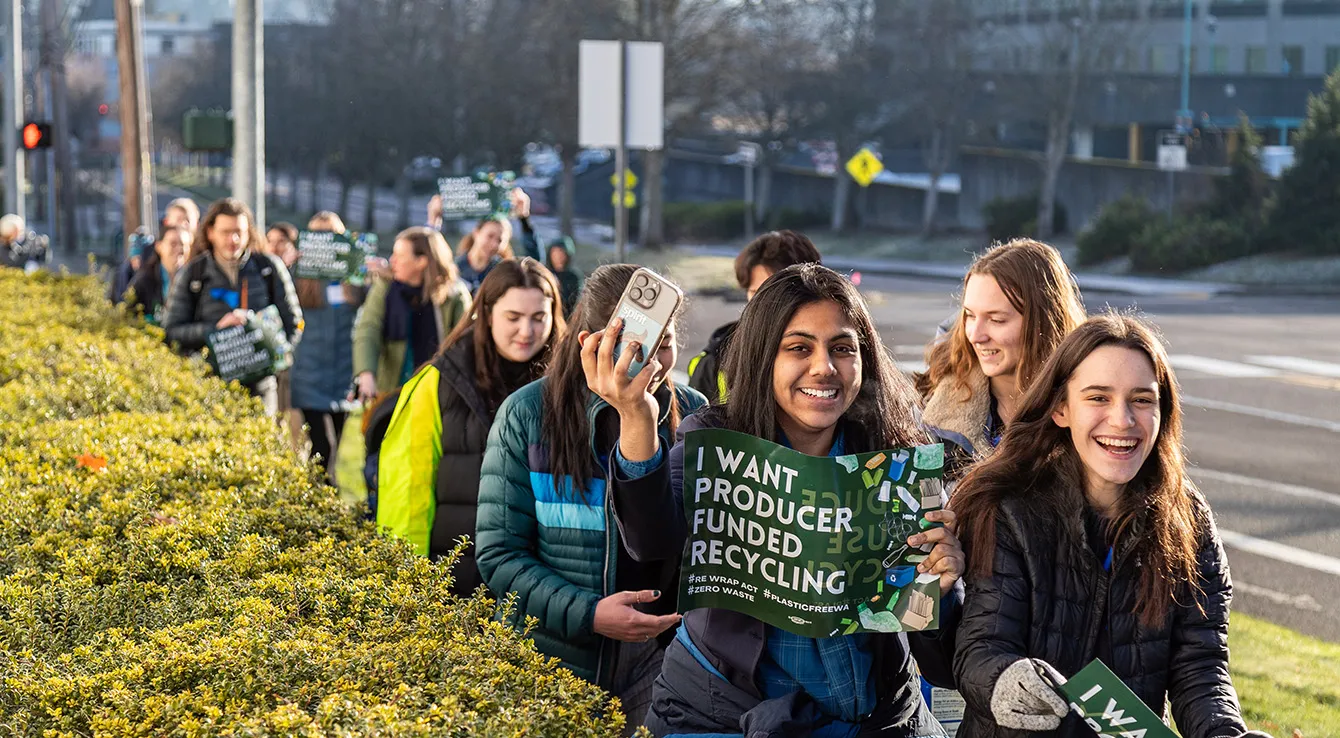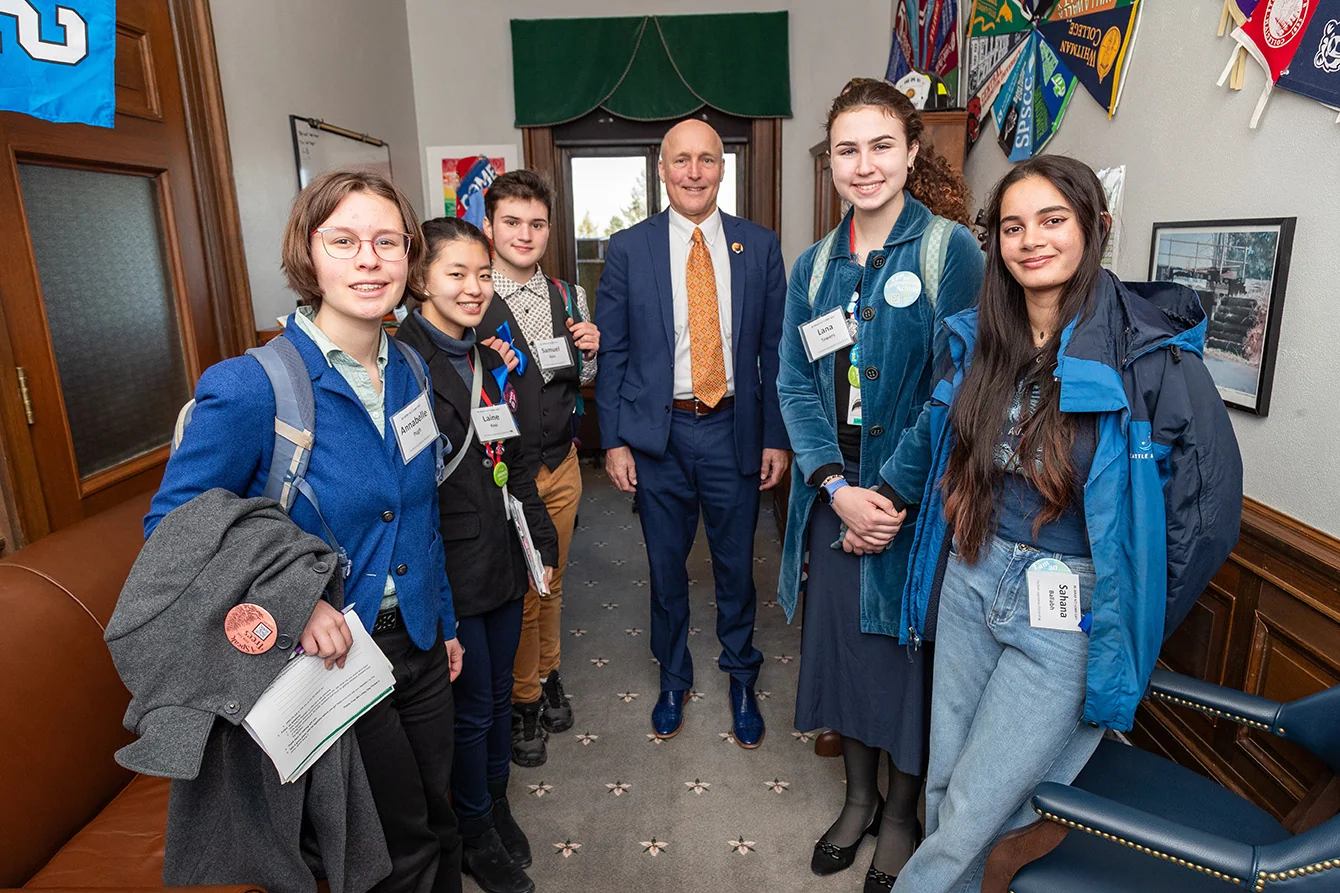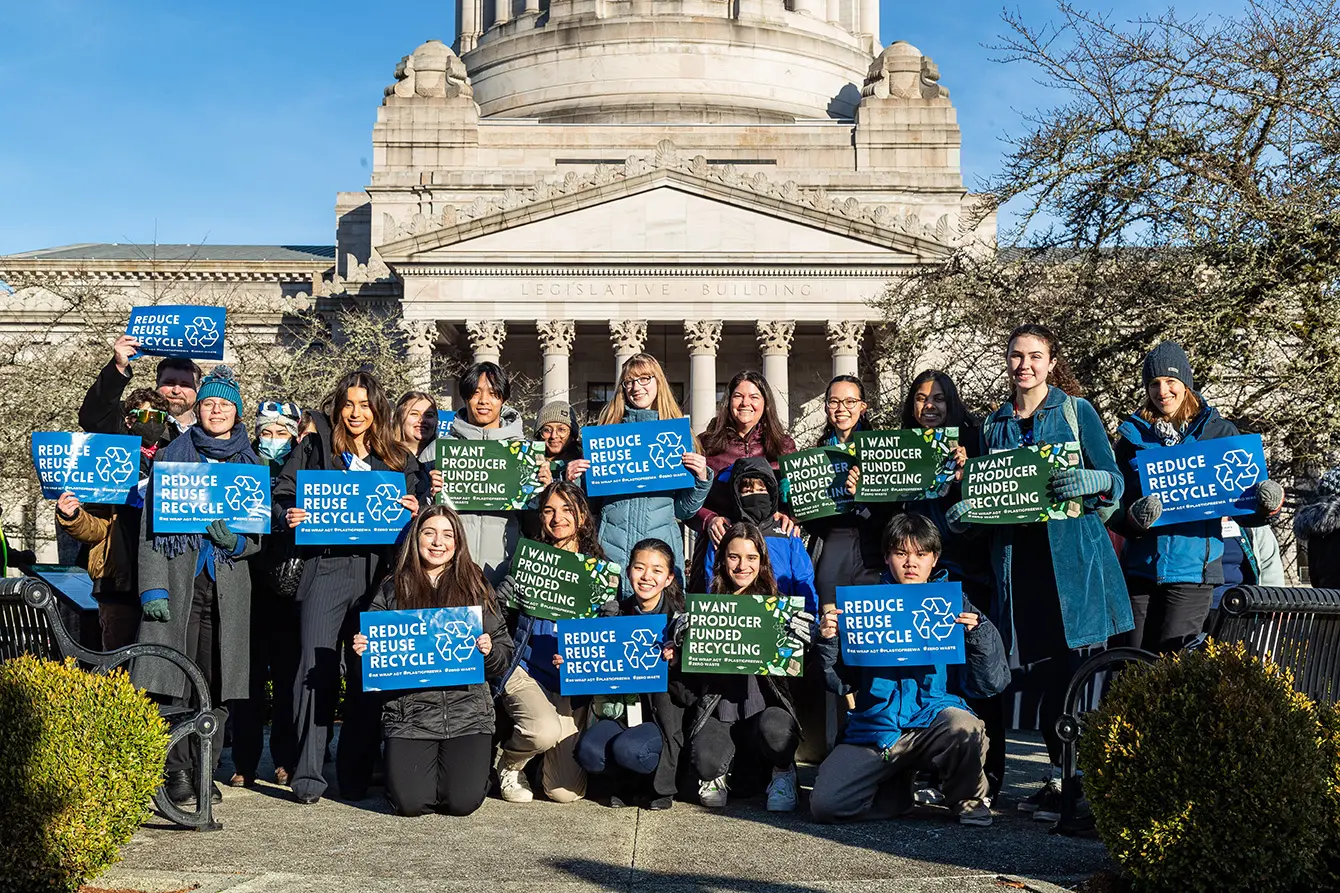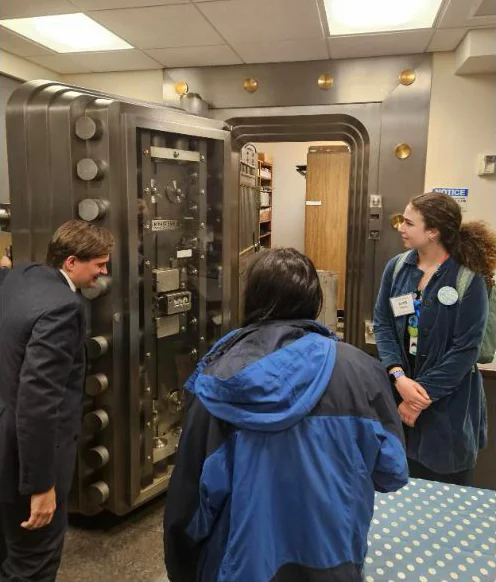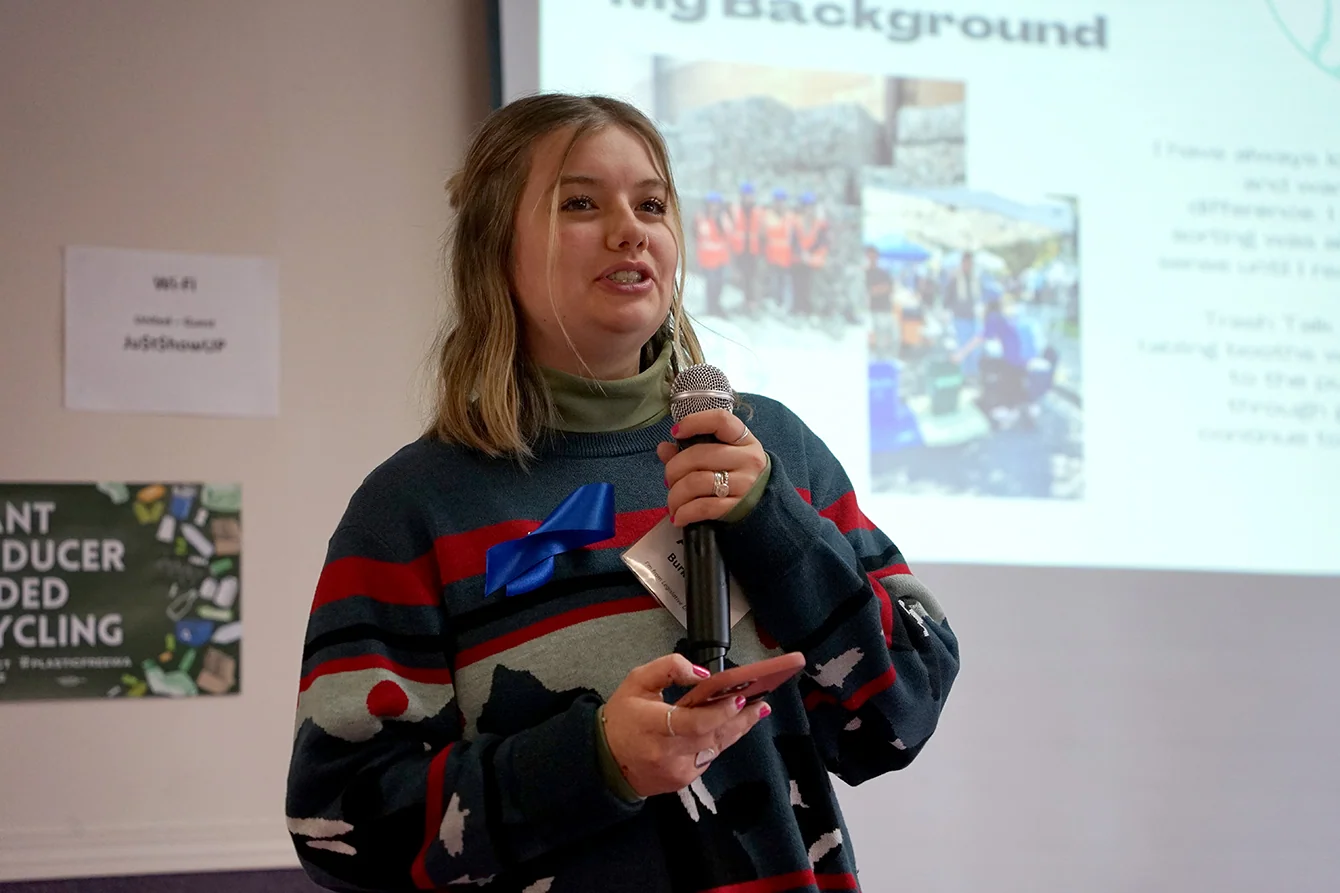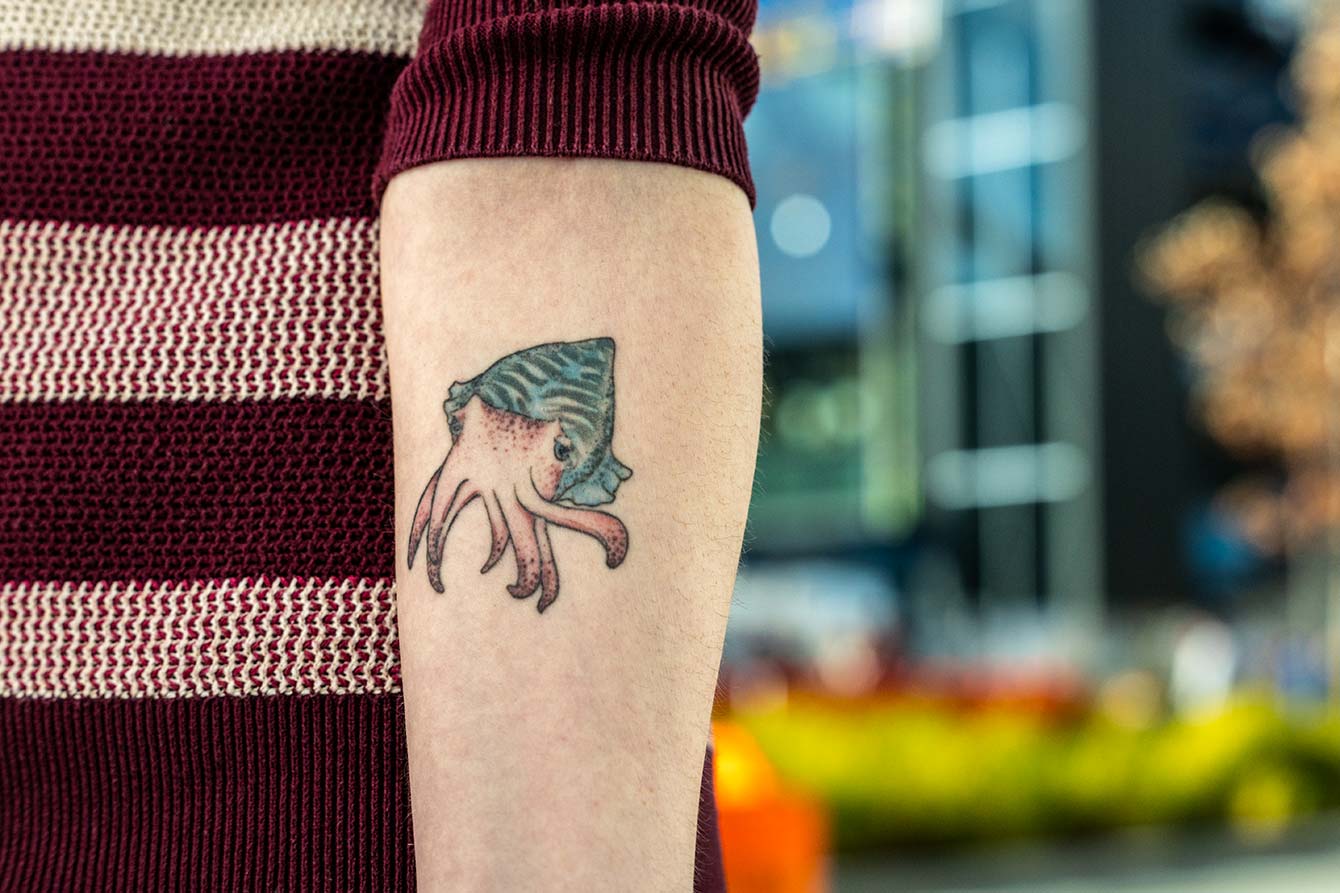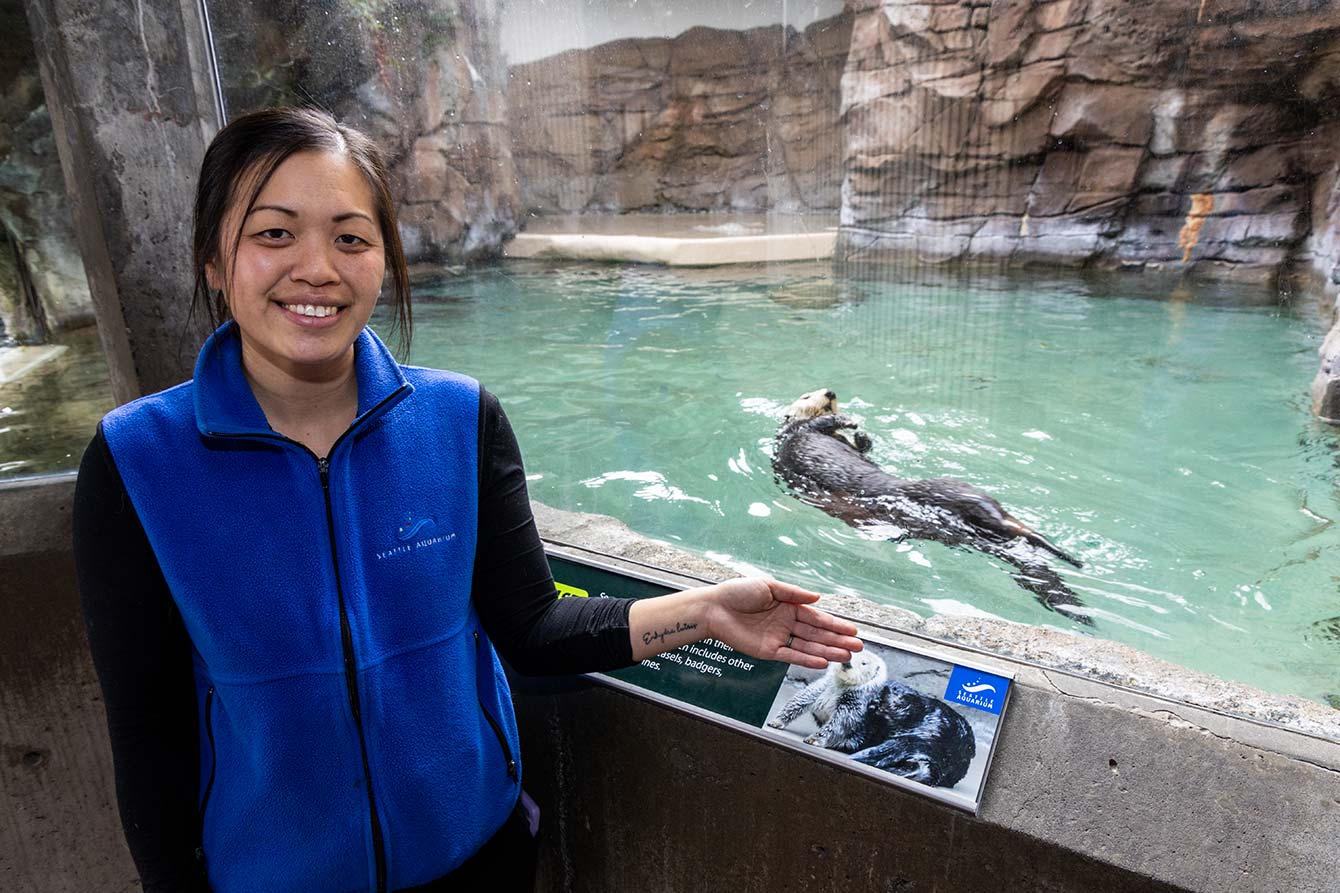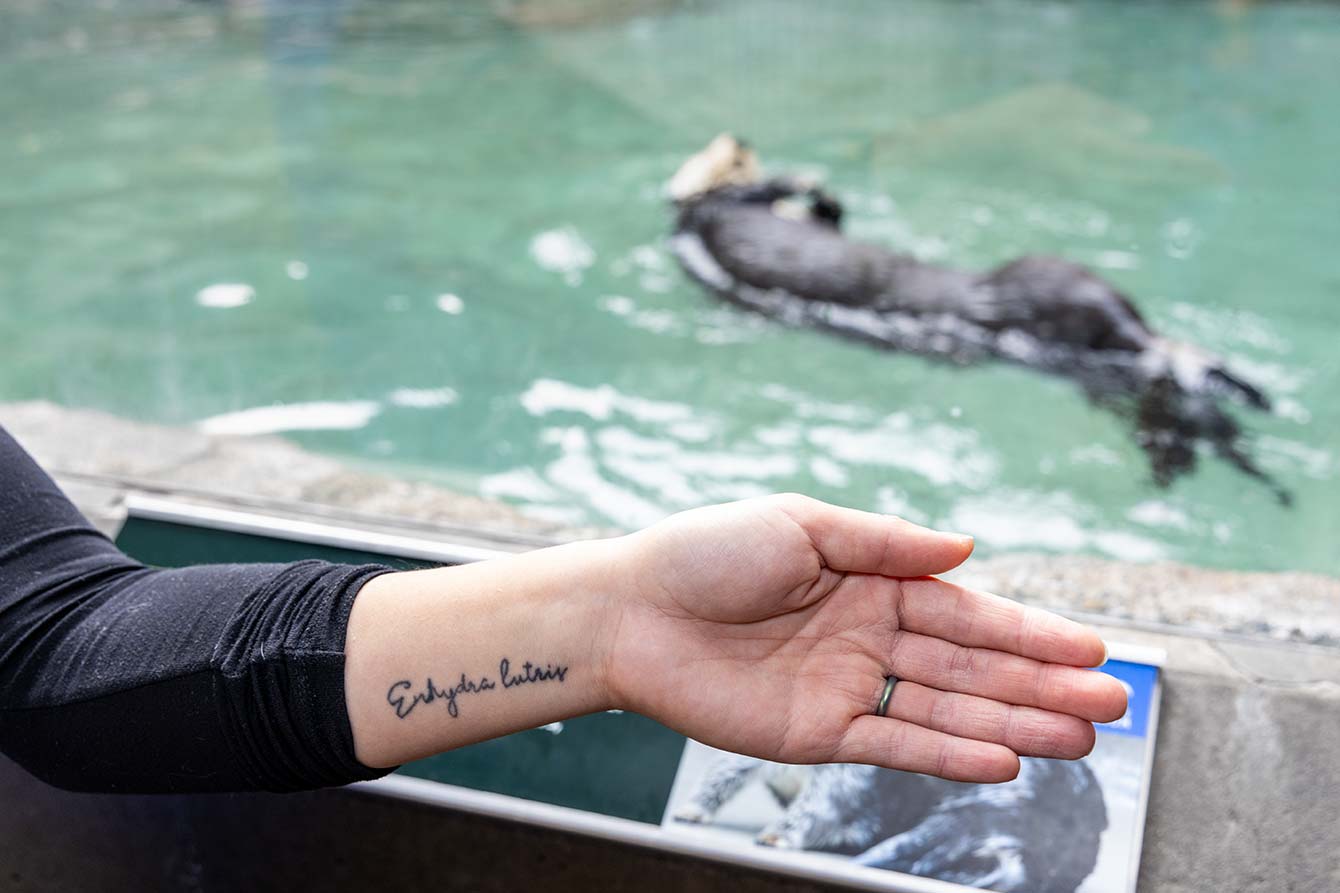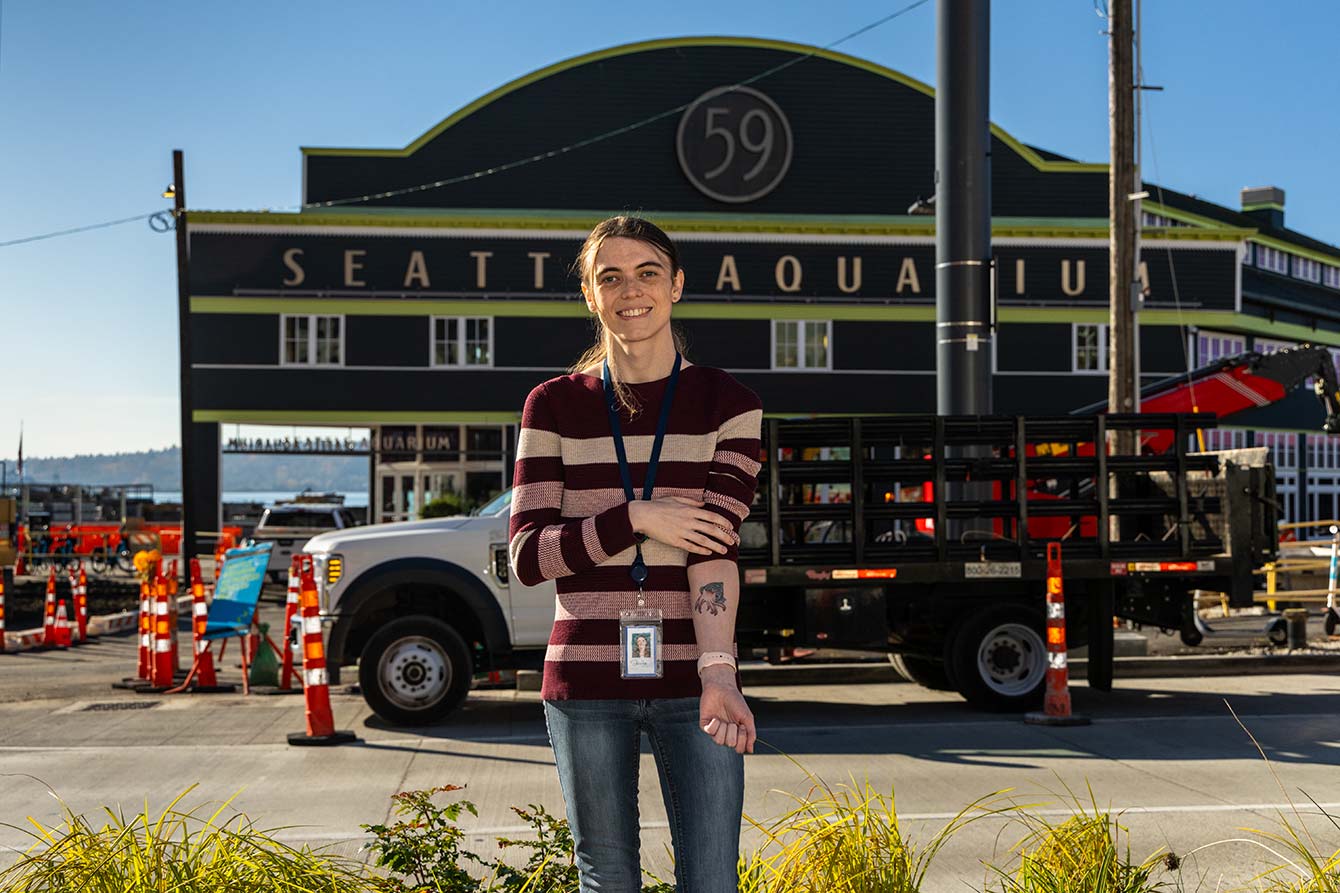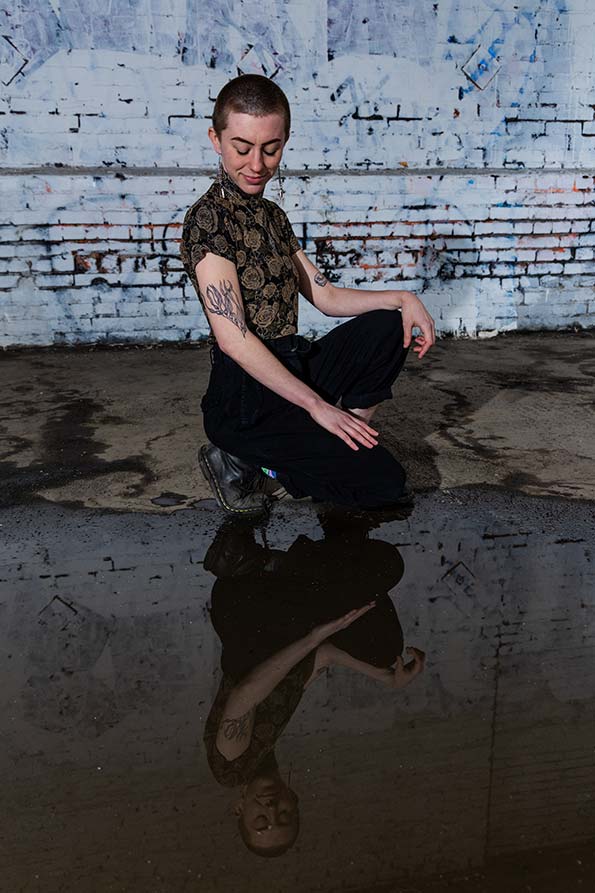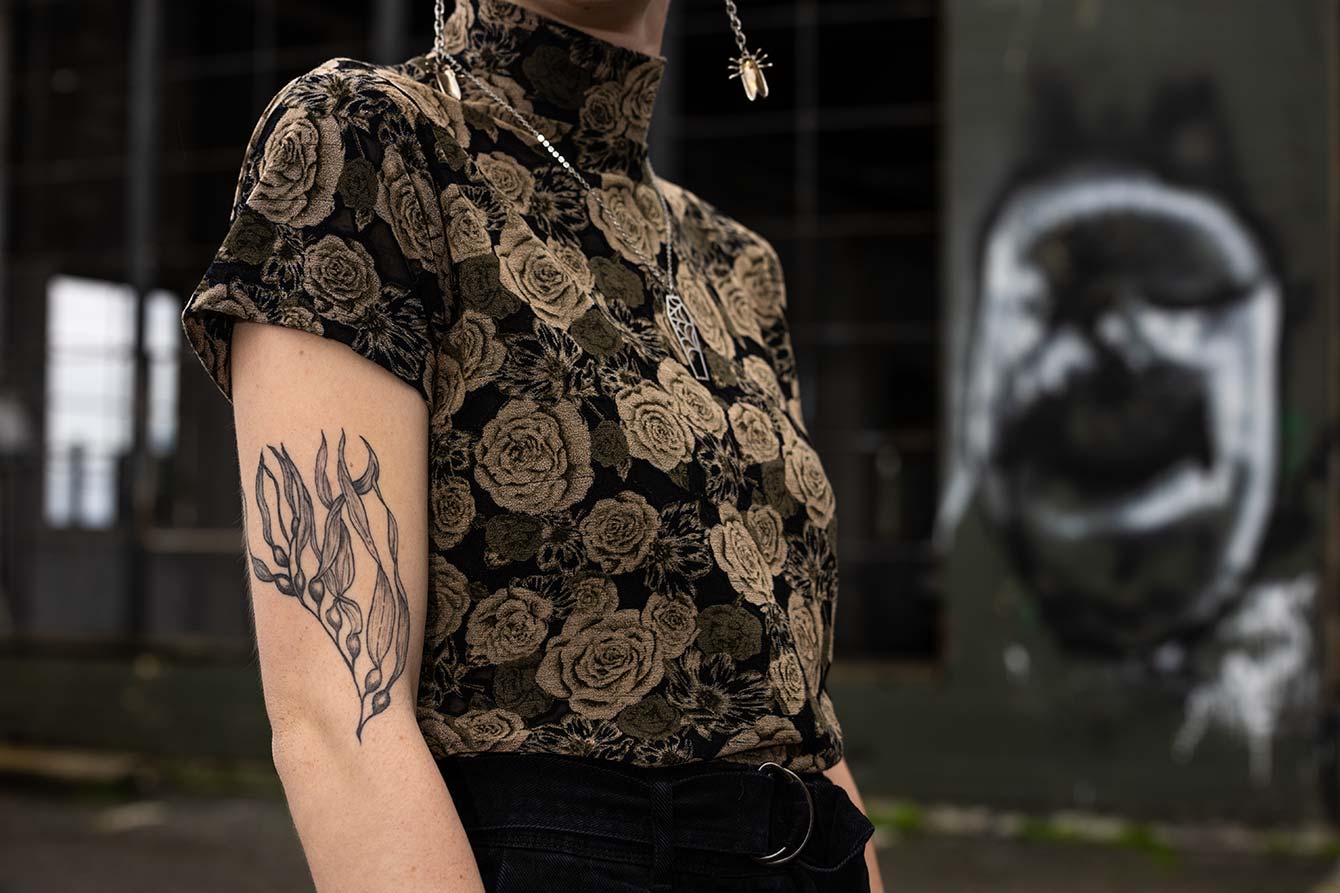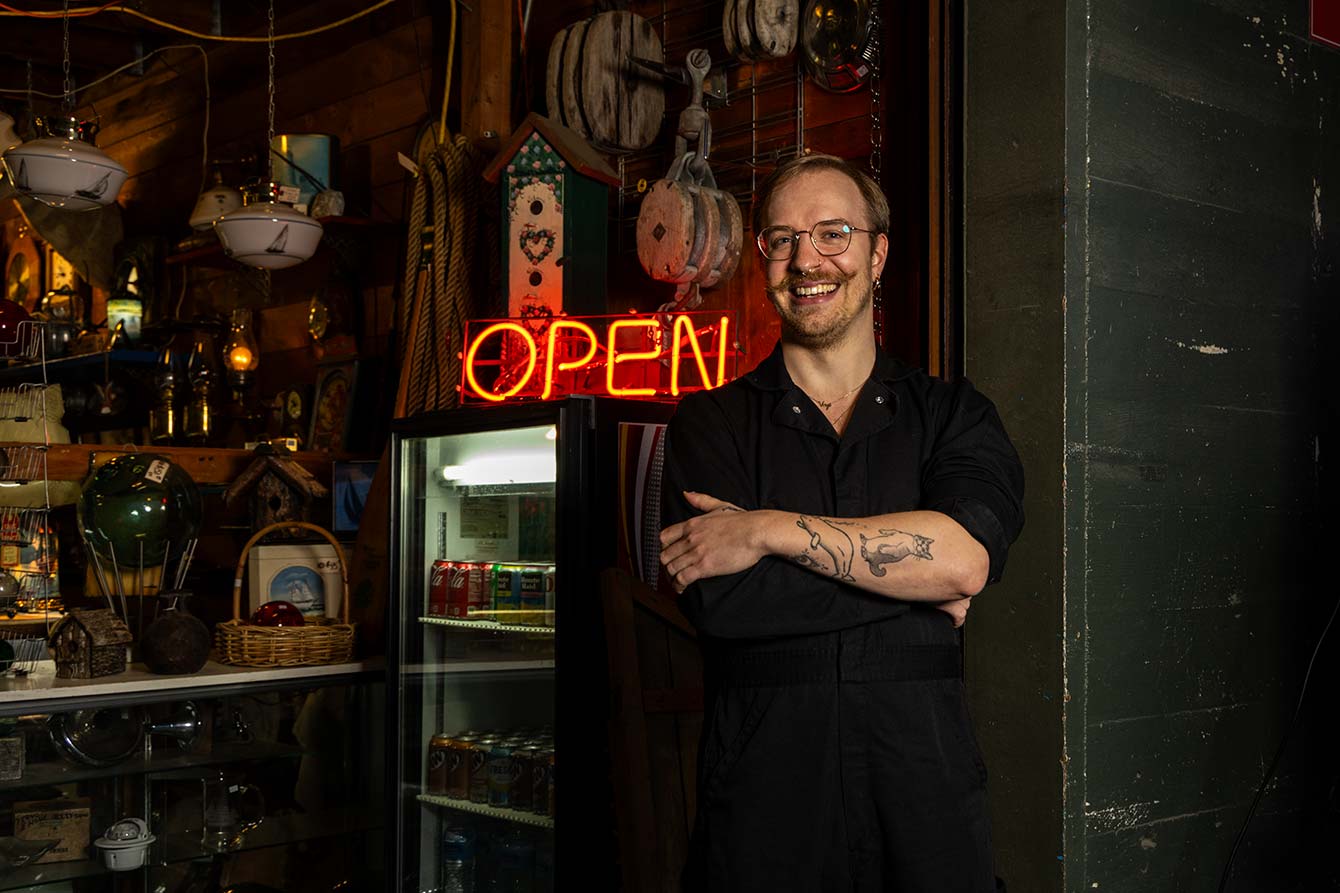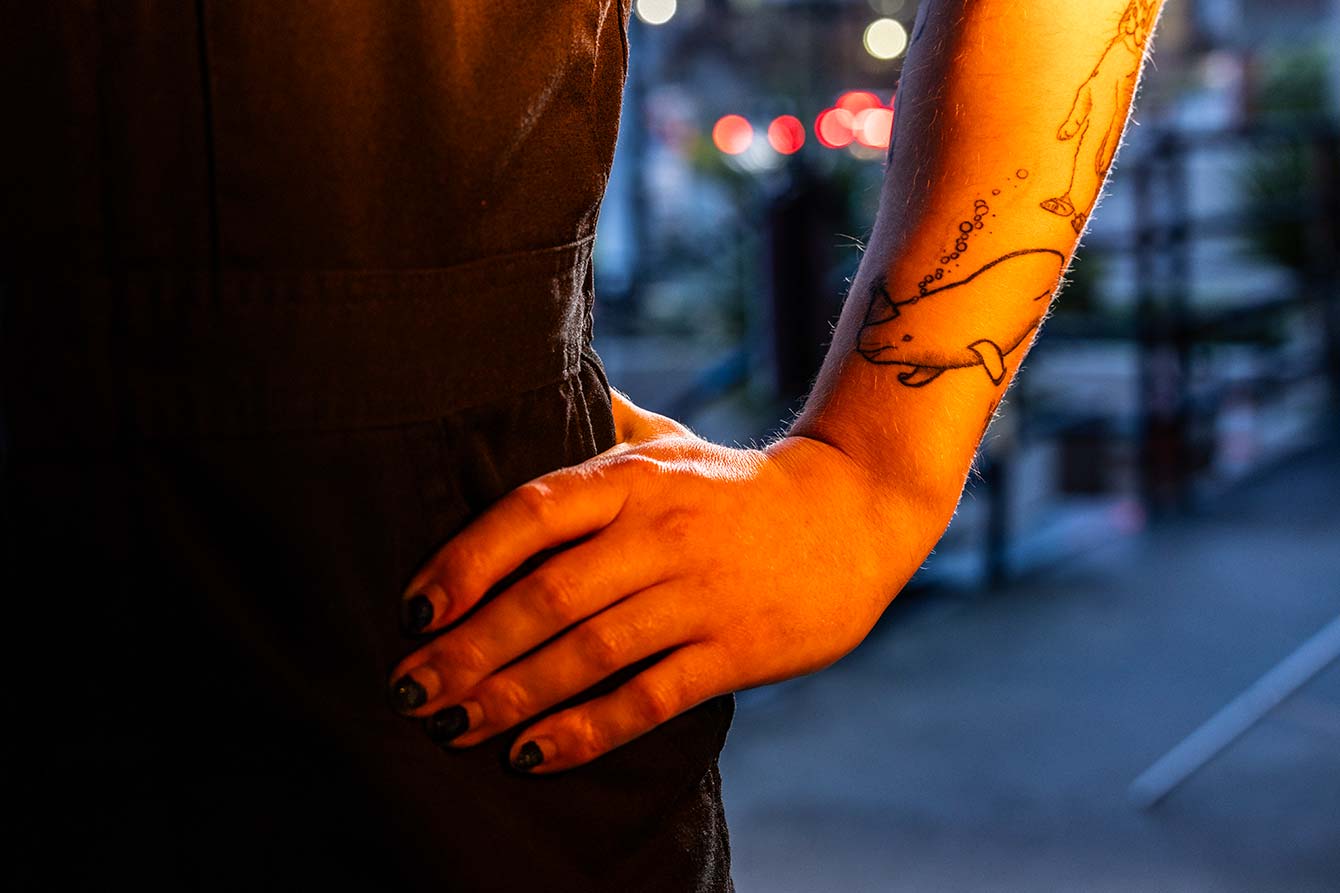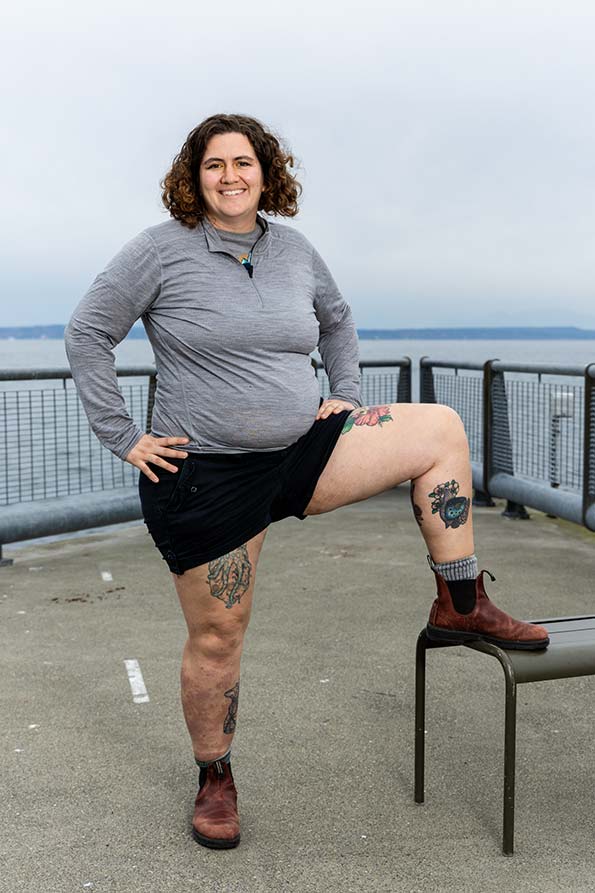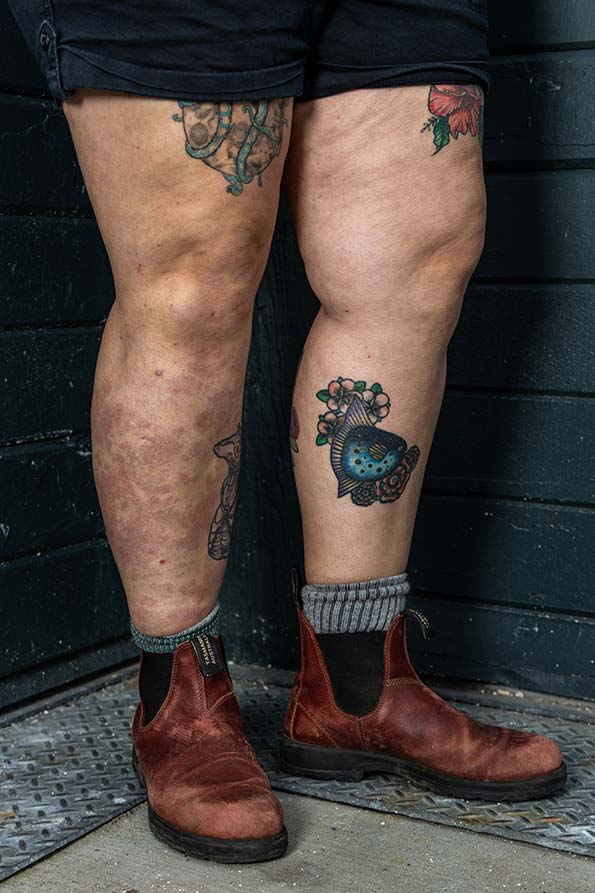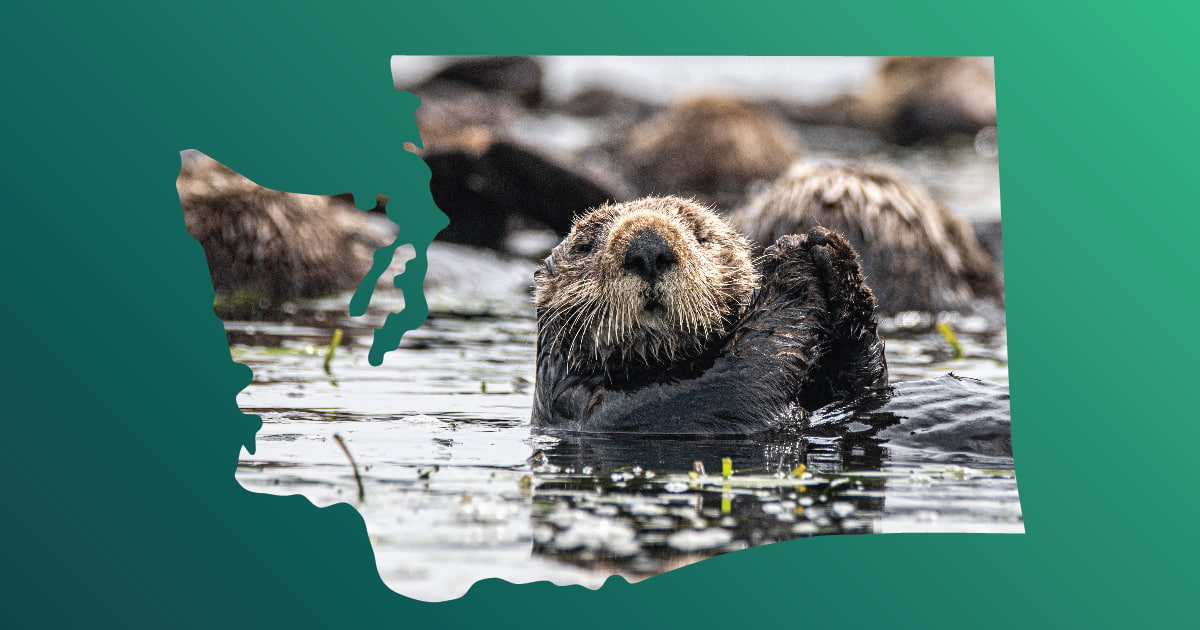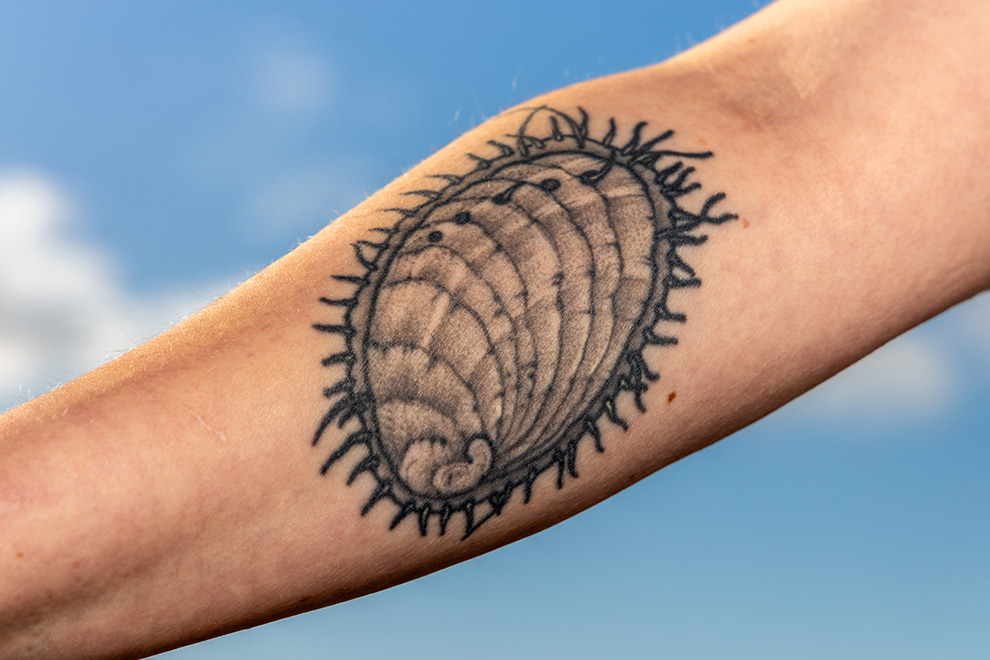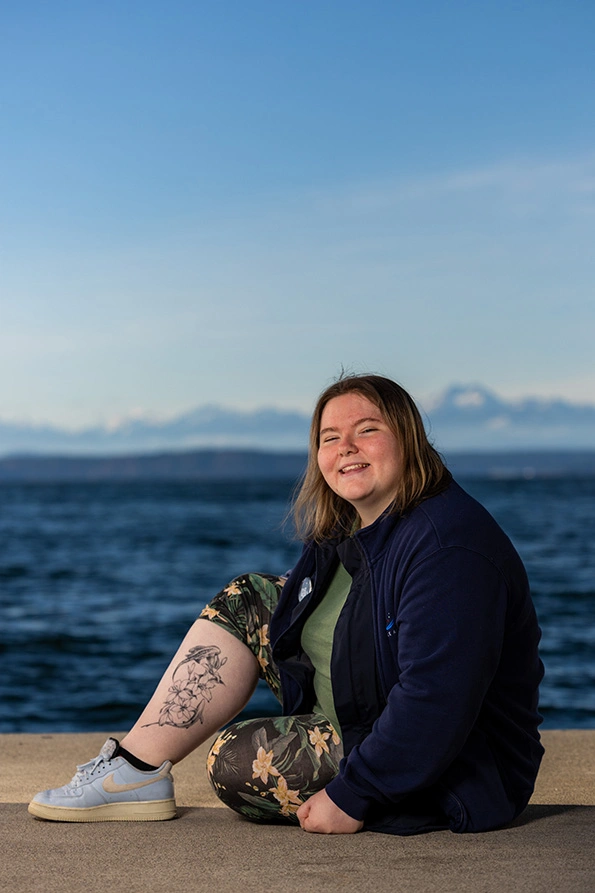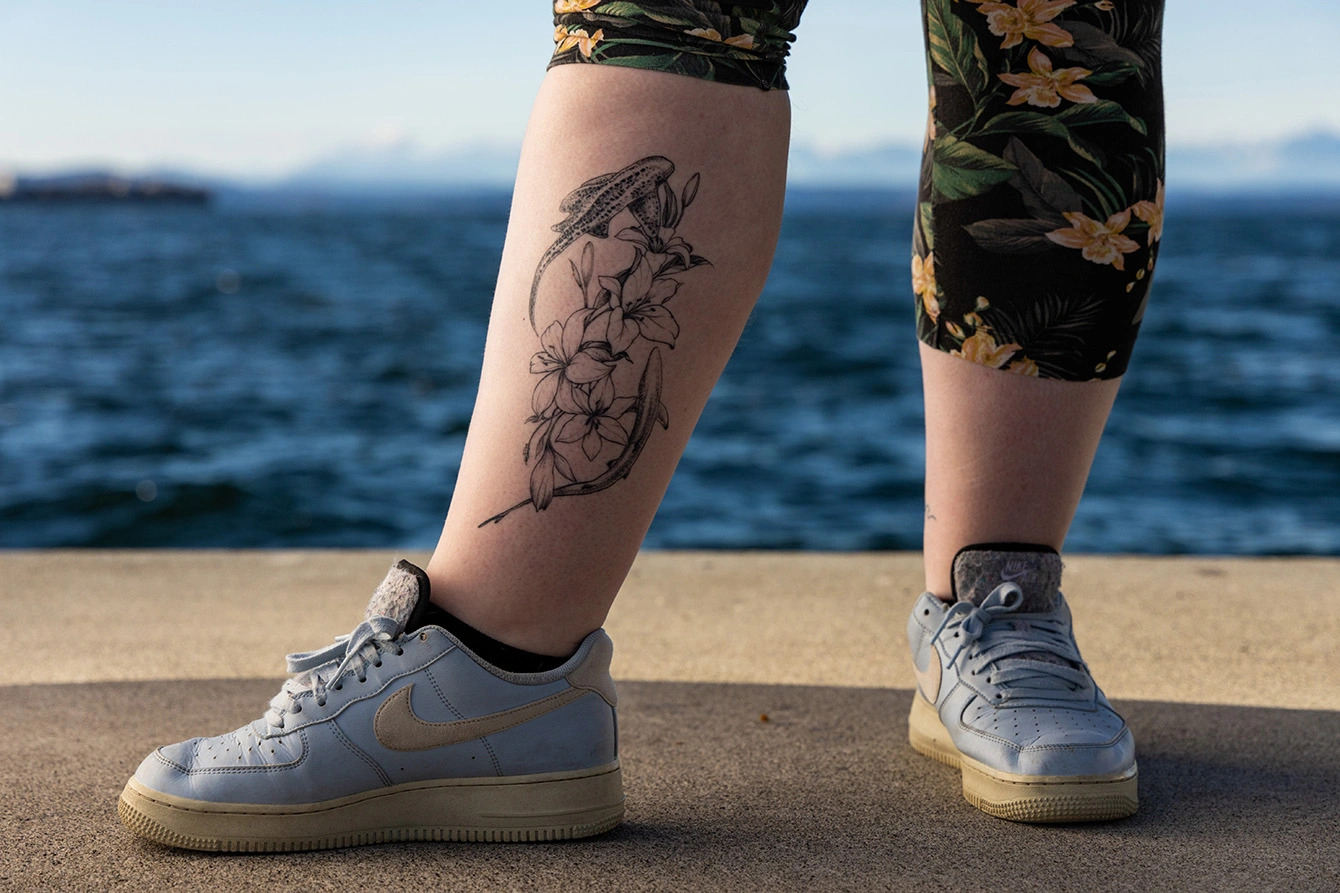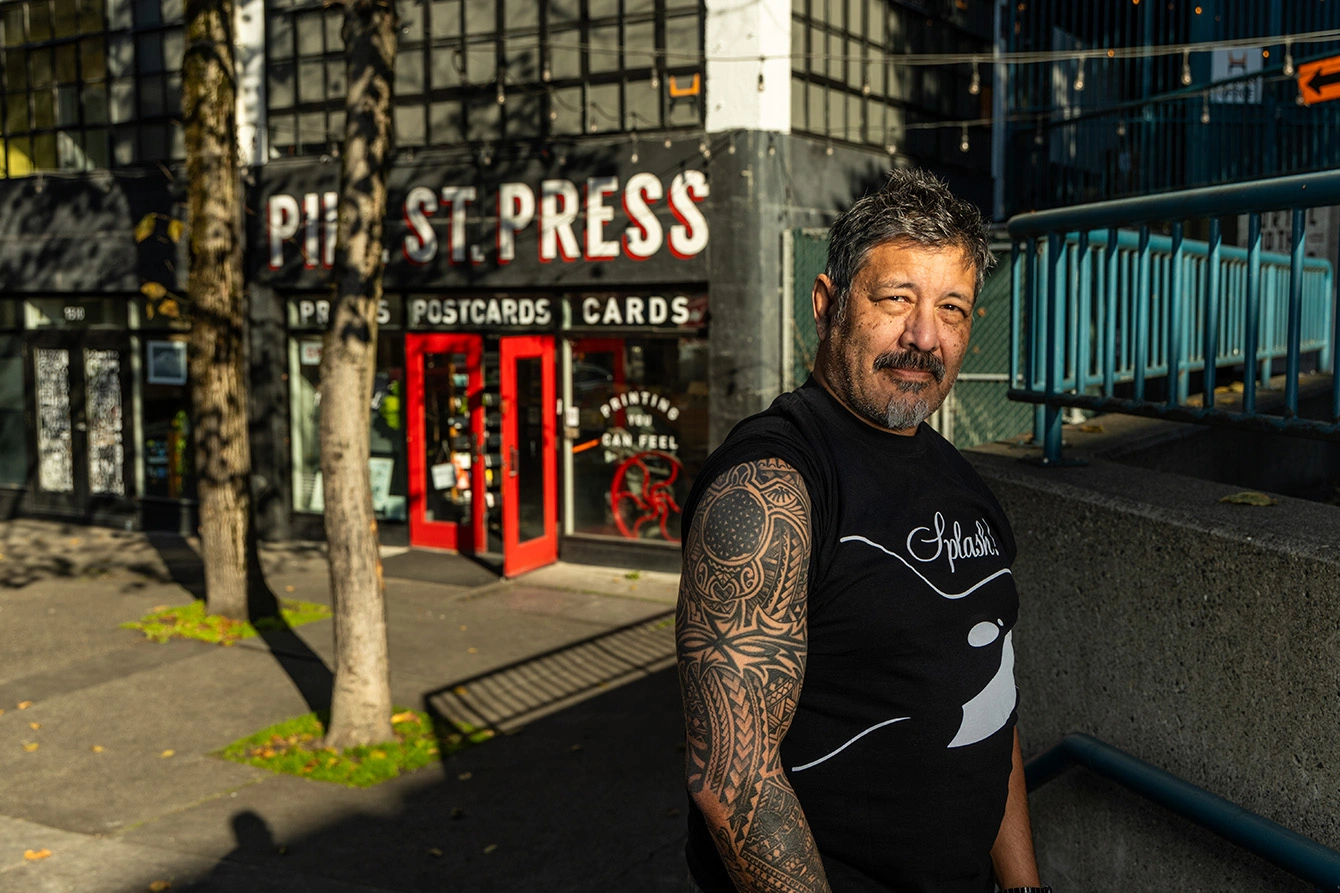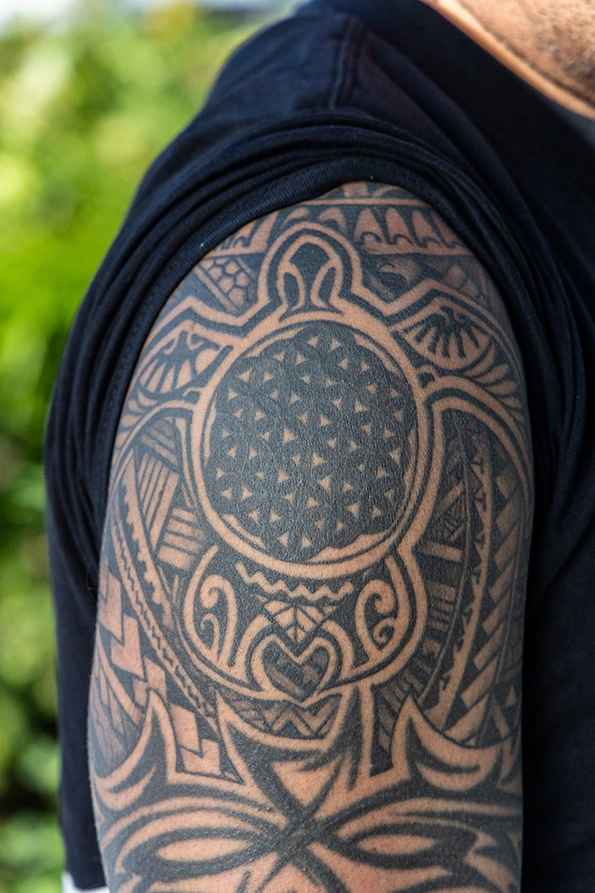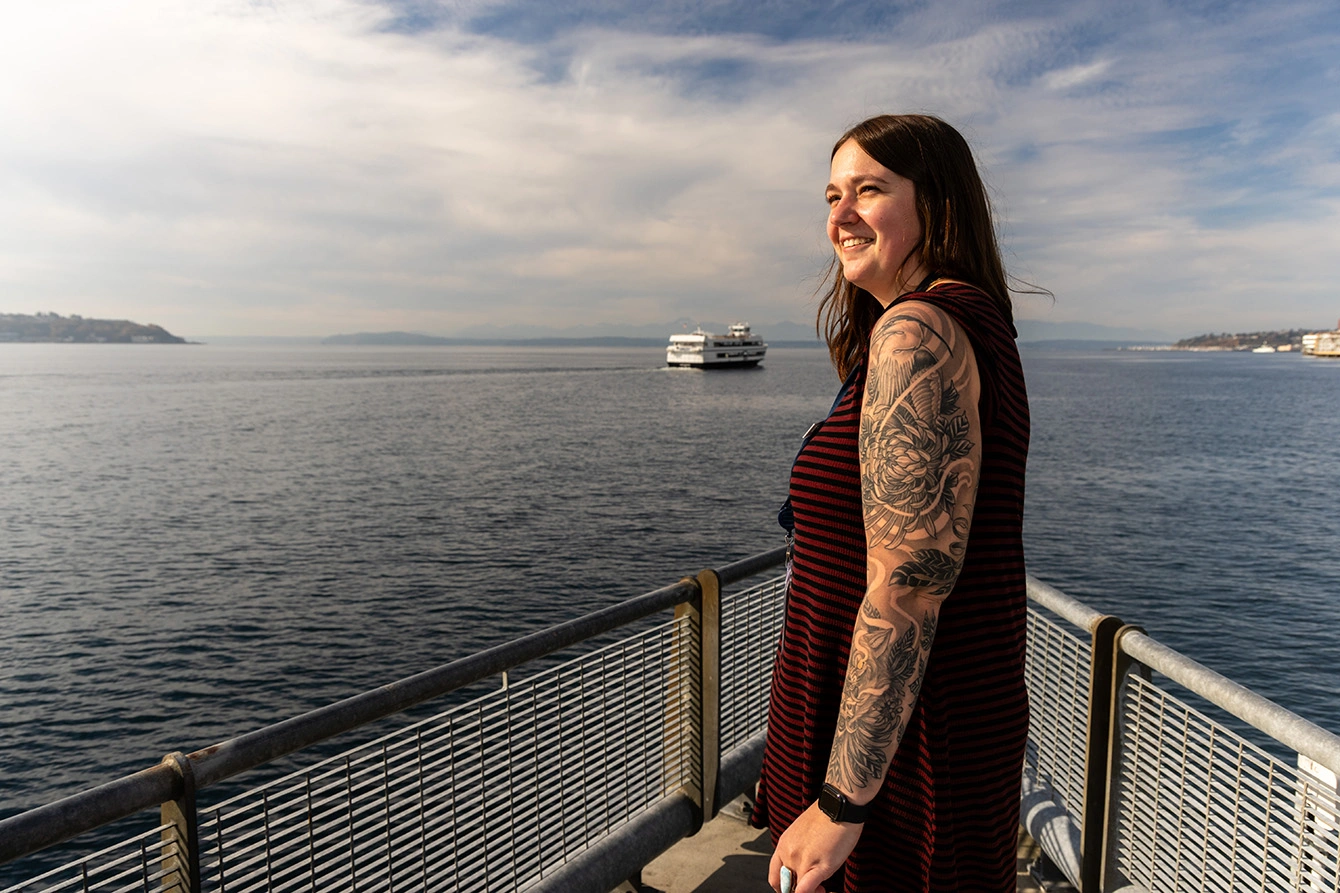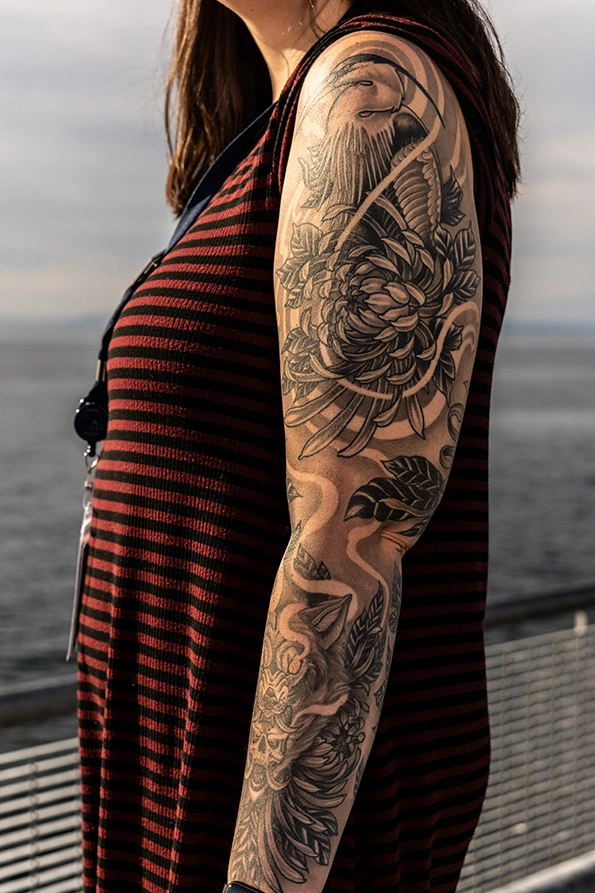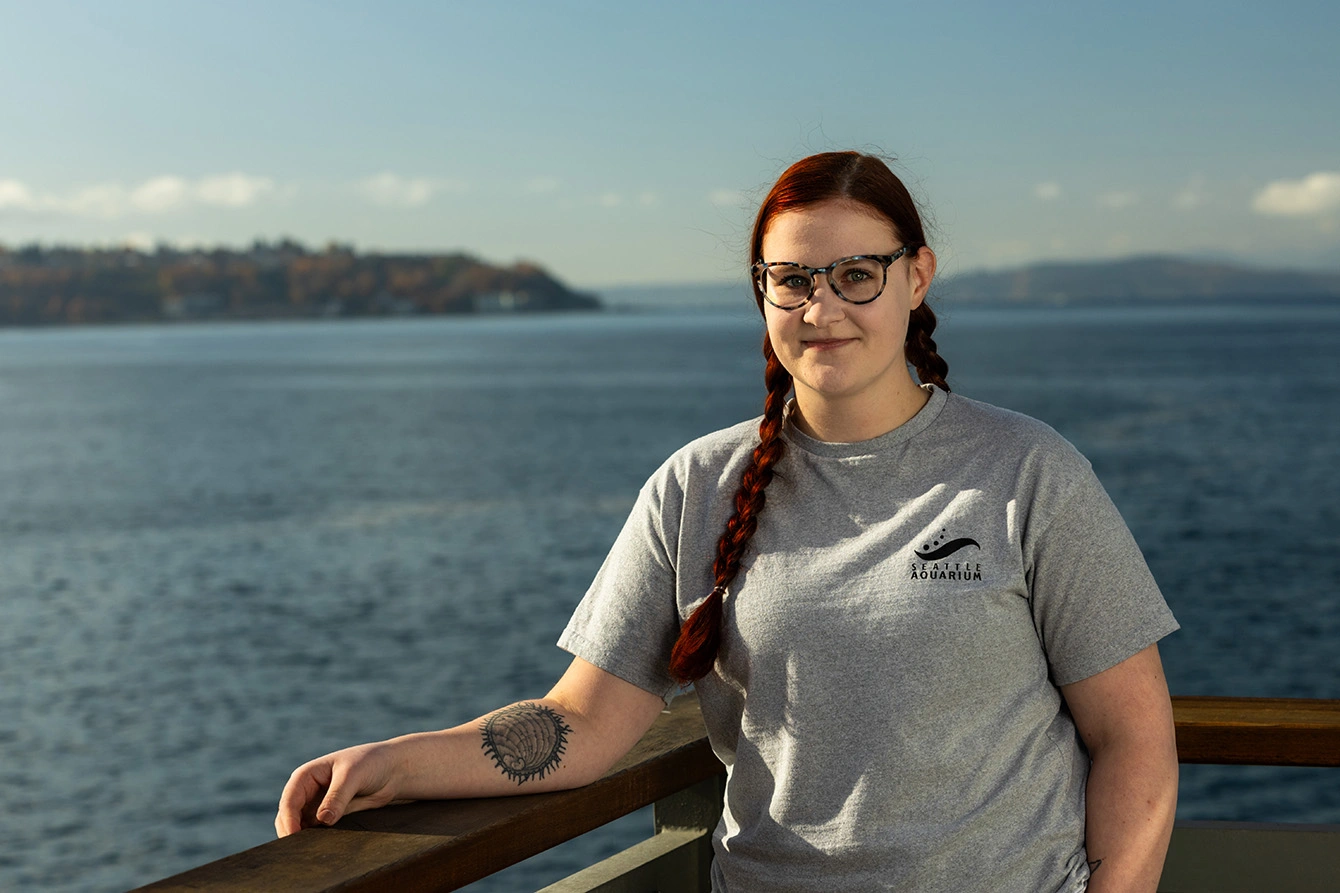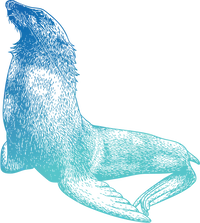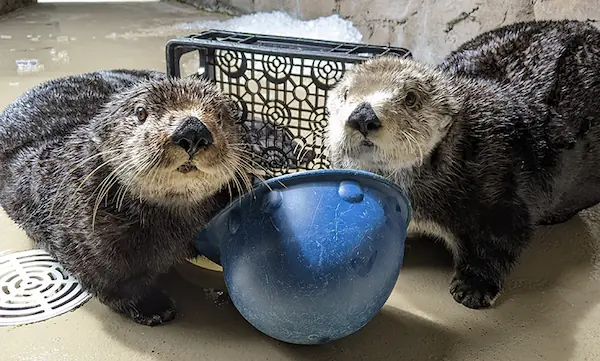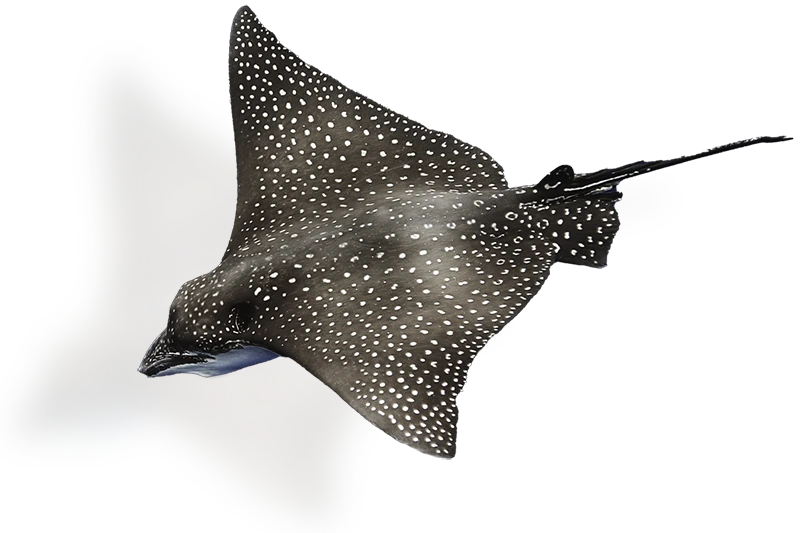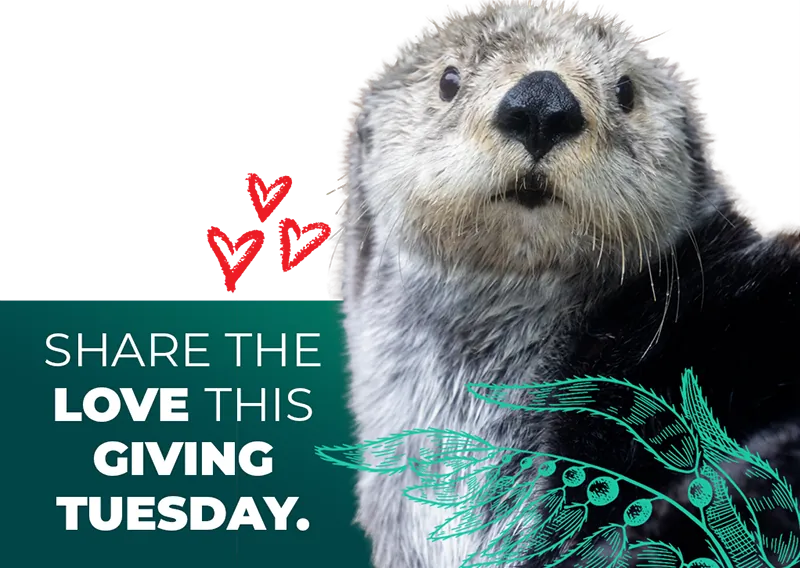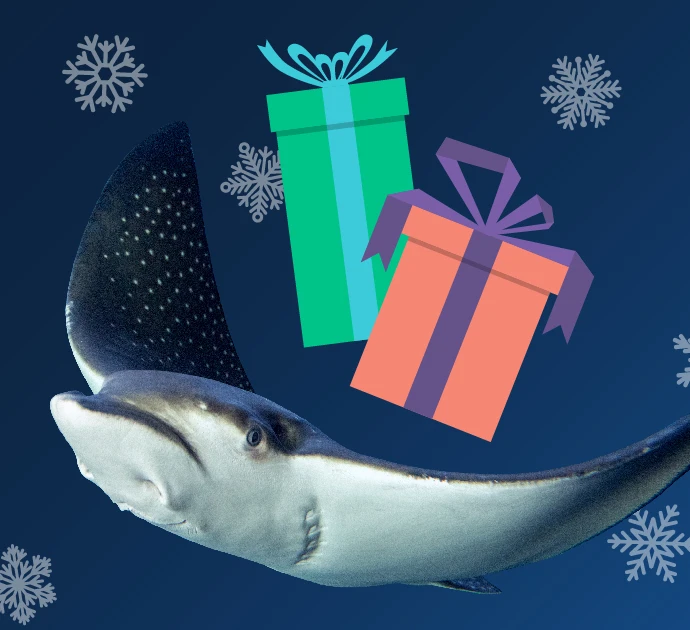Expert animal care at every age
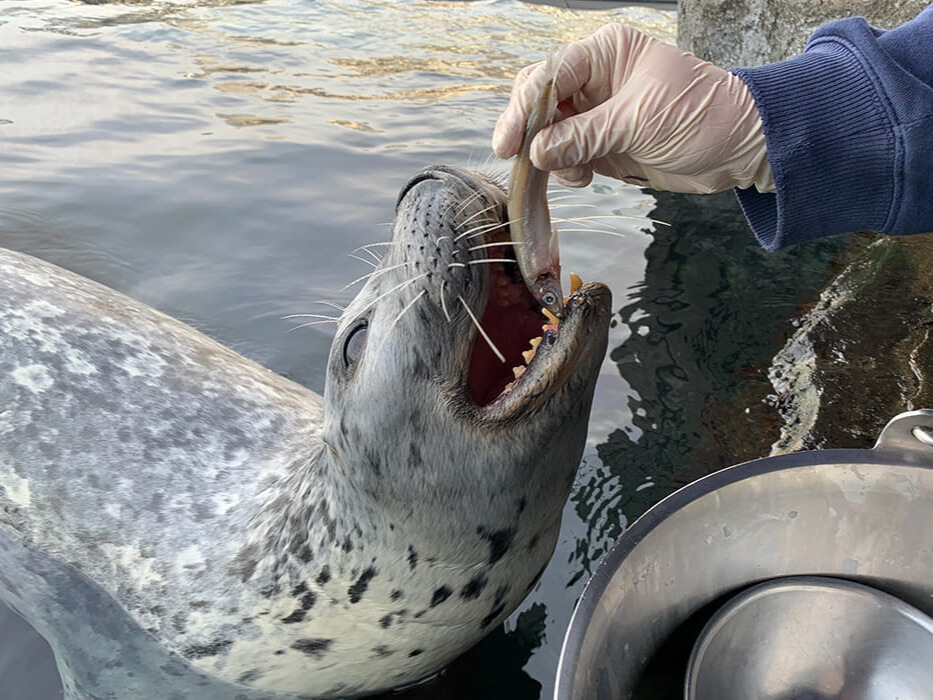
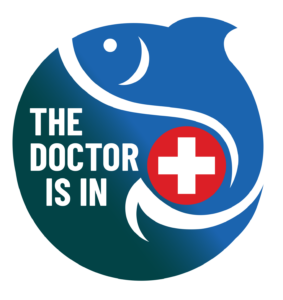
This story is part of our series, The Doctor Is In—highlighting our veterinary team’s expertise in service of animal wellbeing.
Our highest priority is providing the best possible lives for the animals in our care—nearly 18,000 fish, invertebrates, birds and mammals with the opening of the Ocean Pavilion. At the forefront of this work are our veterinary, water quality and animal care teams, whose members monitor the health of the animals every day.
Director of Animal Health Dr. Caitlin Hadfield, MA VetMB MRCVS DiplAZCM DiplECZM, is the veterinarian in charge: performing routine observations, interpreting records with animal care staff, providing treatments for animals when needed, and undertaking physical examinations routinely and when concerns arise.
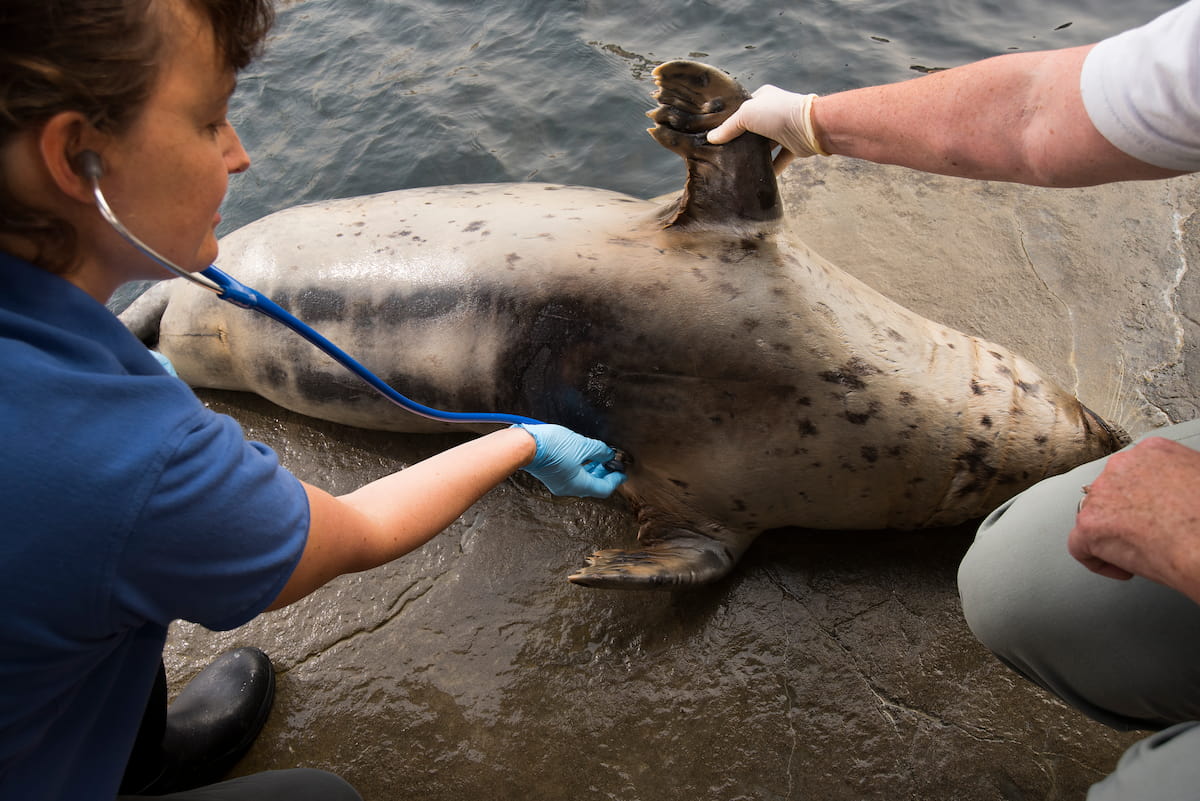
Not surprisingly, some of those issues of concern are related to aging. Geriatric* medicine has become a focus for animal care specialists at zoos and aquariums accredited by the Association of Zoos and Aquariums (AZA)—including yours truly—for the best possible reason: as we continue to learn and share information, animals are living longer and longer lives.
*The term “geriatric” refers to older individuals, whether human or another kind of animal. Just as elderly humans require specialized medical care, other elderly animals do as well.
Caring for aging animals at the Seattle Aquarium
Here at the Aquarium, we have a number of geriatric animals in our care. For instance, Barney the harbor seal turned 38 in 2023, reaching a biological age that’s about the equivalent of a 100-year-old human!

And, at age 22, Adaa the sea otter was the oldest sea otter living at an AZA-accredited zoo or aquarium in the U.S. at the time of his passing in 2022. He was also the oldest male sea otter on record in the AZA studbook.*
*What’s a studbook? It’s a document that keeps track of information such as age, significant events like births or deaths, parentage and taxonomy (or the science of classifying and naming organisms). Staff at zoos and aquariums like the Seattle Aquarium work with the AZA to maintain regional studbooks for a wide variety of species. This demographic history is an invaluable tool to help guide conservation projects.
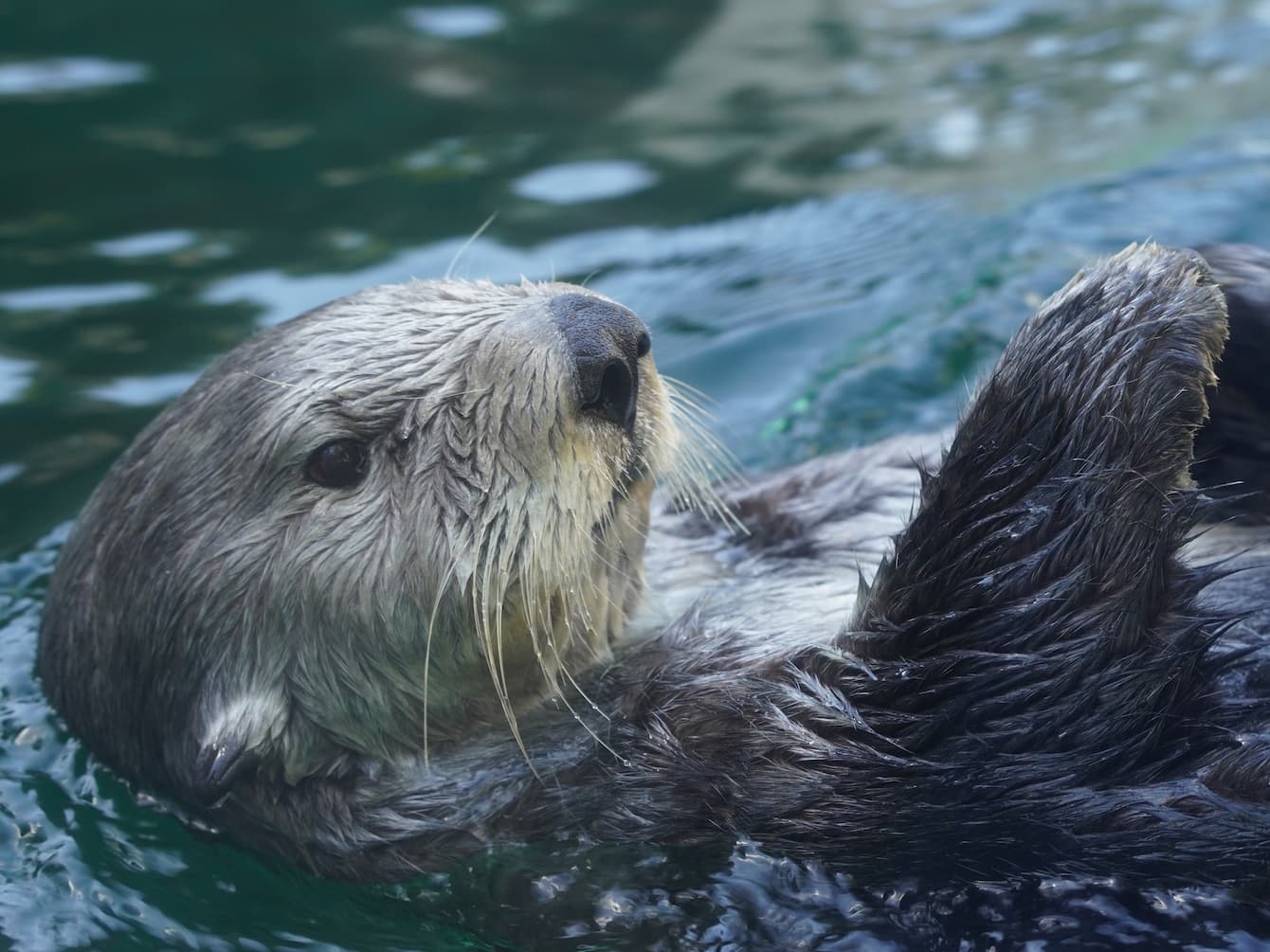
Aging is a complex process that refers to changes in all the systems and functions of an animal’s body; however, aging develops at different rates in different species. Some species of Pacific salmon, for example, have a very brief life (chronologically), dying soon after a single spawning event when they are a few years old. Spotted lagoon jellies also have shorter life spans—just three to four months. Rockfish, on the other hand, may live for over a hundred years!
Evolving care over time
The goal of geriatric care is to maintain the best possible quality of life for the individual animal during a time when they would normally be vulnerable to predation or unable to source food for themselves in the wild. Geriatric care at AZA-accredited zoos and aquariums, like ours, is respectful to each individual animal—for their life and its intrinsic value.
What that care involves differs by species and by individual. Our animal care staff work hard to create and maintain environments for aging animals that are safe and easy to use. This can be challenging for the variety of species living together in our larger habitats, such as the Window on Washington Waters and Underwater Dome. In those instances, Aquarium aquarists use their understanding of animal behavior and feeding preferences to provide the best environment possible.
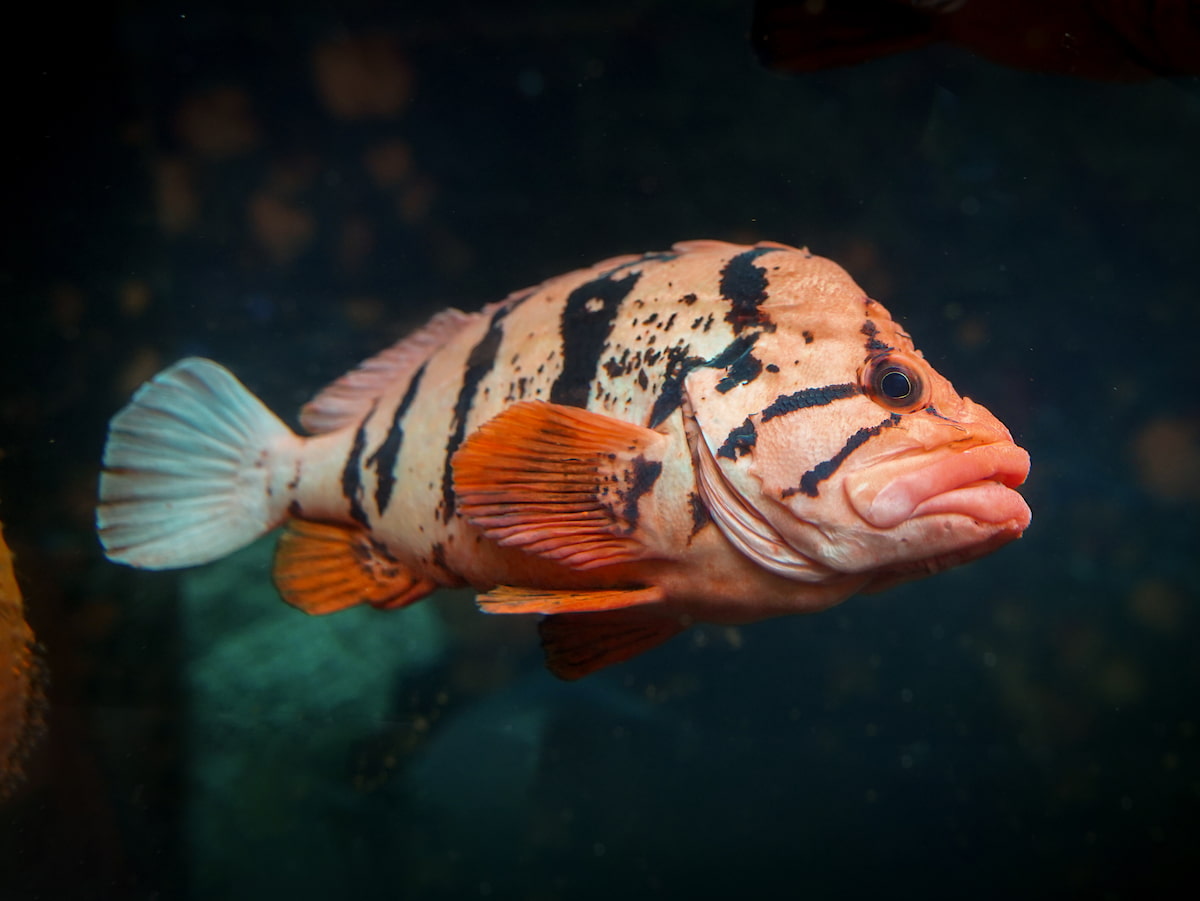
How does care evolve over time for marine mammals at the Aquarium? As these species begin to reach—and exceed—their chronological life expectancy in the wild, animal care staff may begin to adjust how they work with them. For instance, as mammals age, their risk of contracting several age-related eye diseases (such as cataracts and macular degeneration) increases, just as it does in aging humans. If visual acuity (or keenness of perception) is reduced, the Aquarium’s animal care specialists introduce more verbal and tactile cues, such as gently brushing past their whiskers. Arthritis (also known as degenerative joint disease) is also common in all mammals as they age. Just as it does for humans, management may include anti-inflammatories, joint supplements, diet modifications and adapting the environment to meet the mobility needs of the individual.
Providing the very best care and quality of life for the animals entrusted to us—at all stages of their lives—is a vital part of our mission, Inspiring Conservation of Our Marine Environment. Learn more about animals at the Aquarium on our website or, better yet, plan a visit with us soon!
